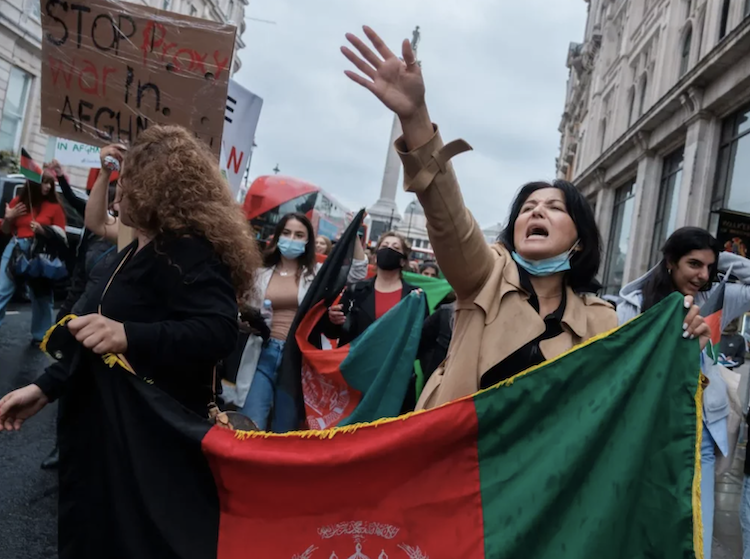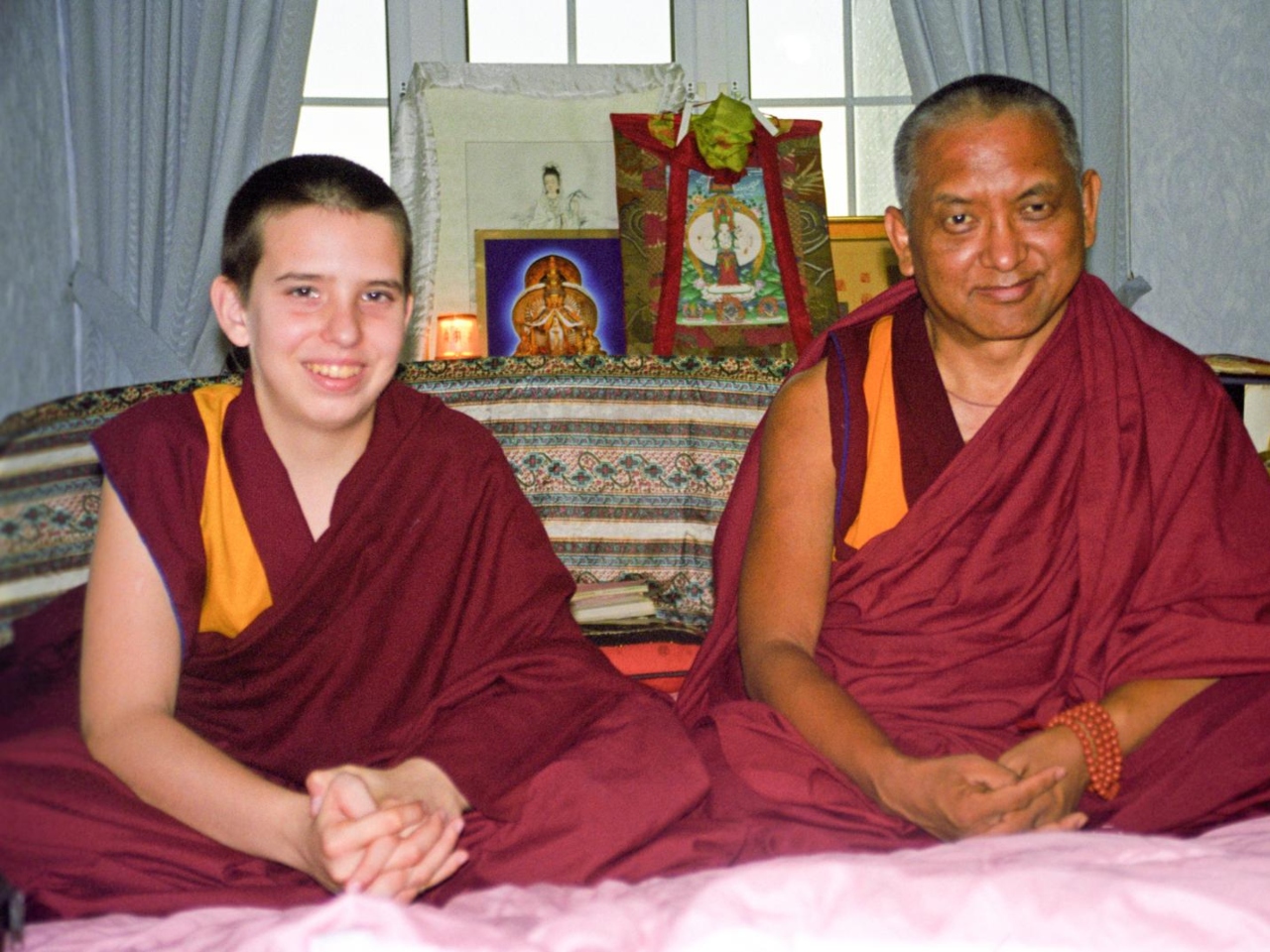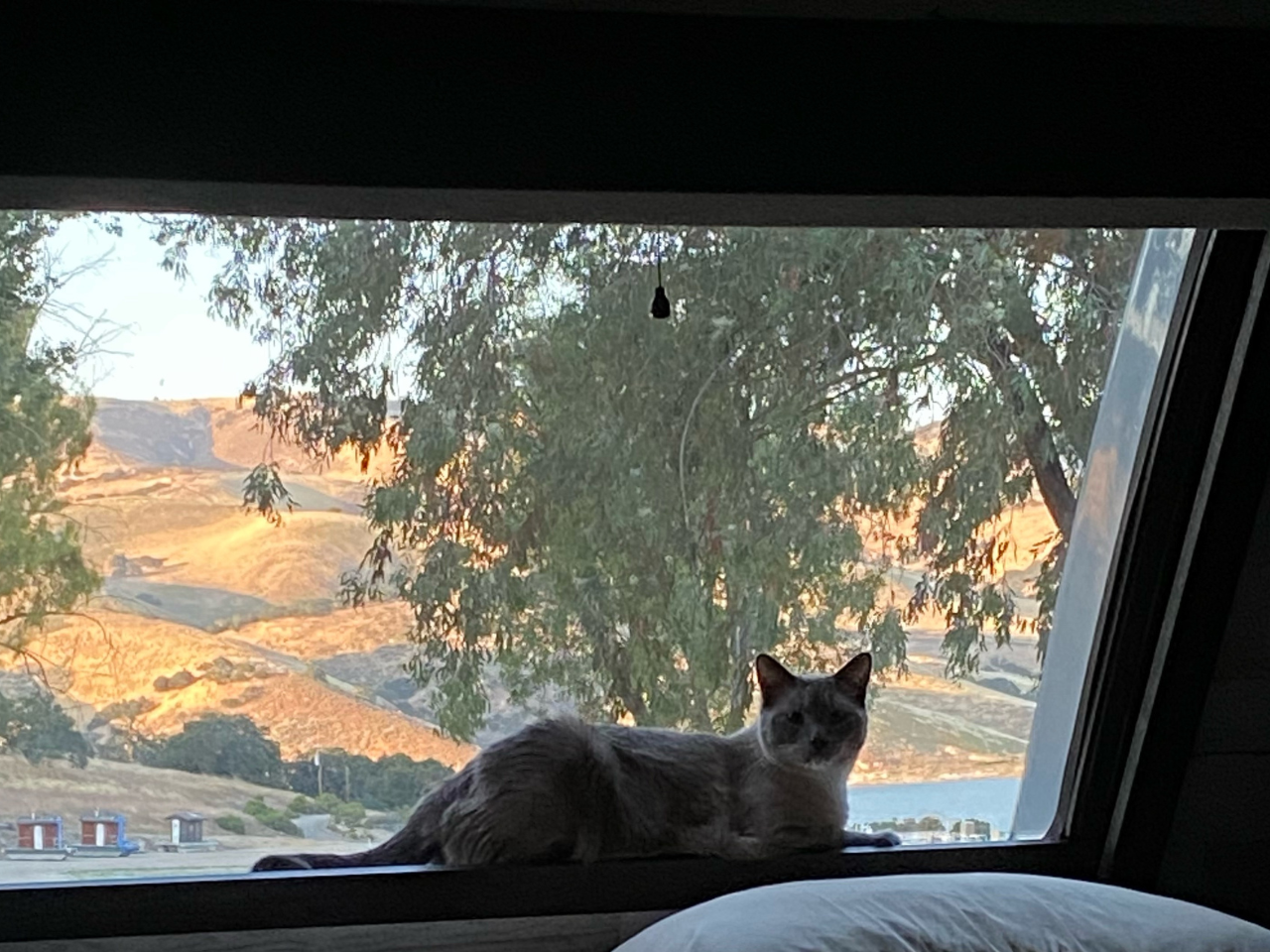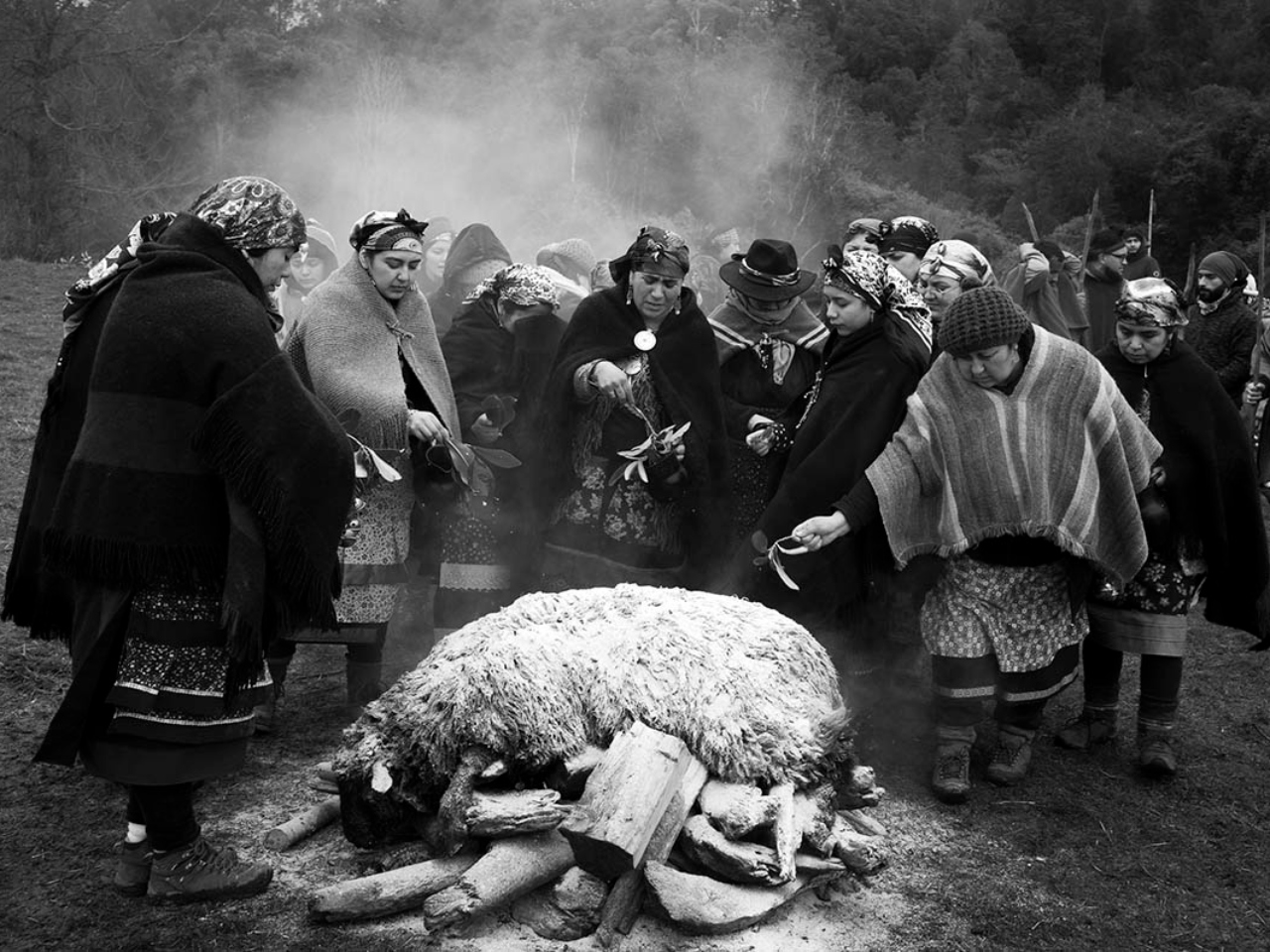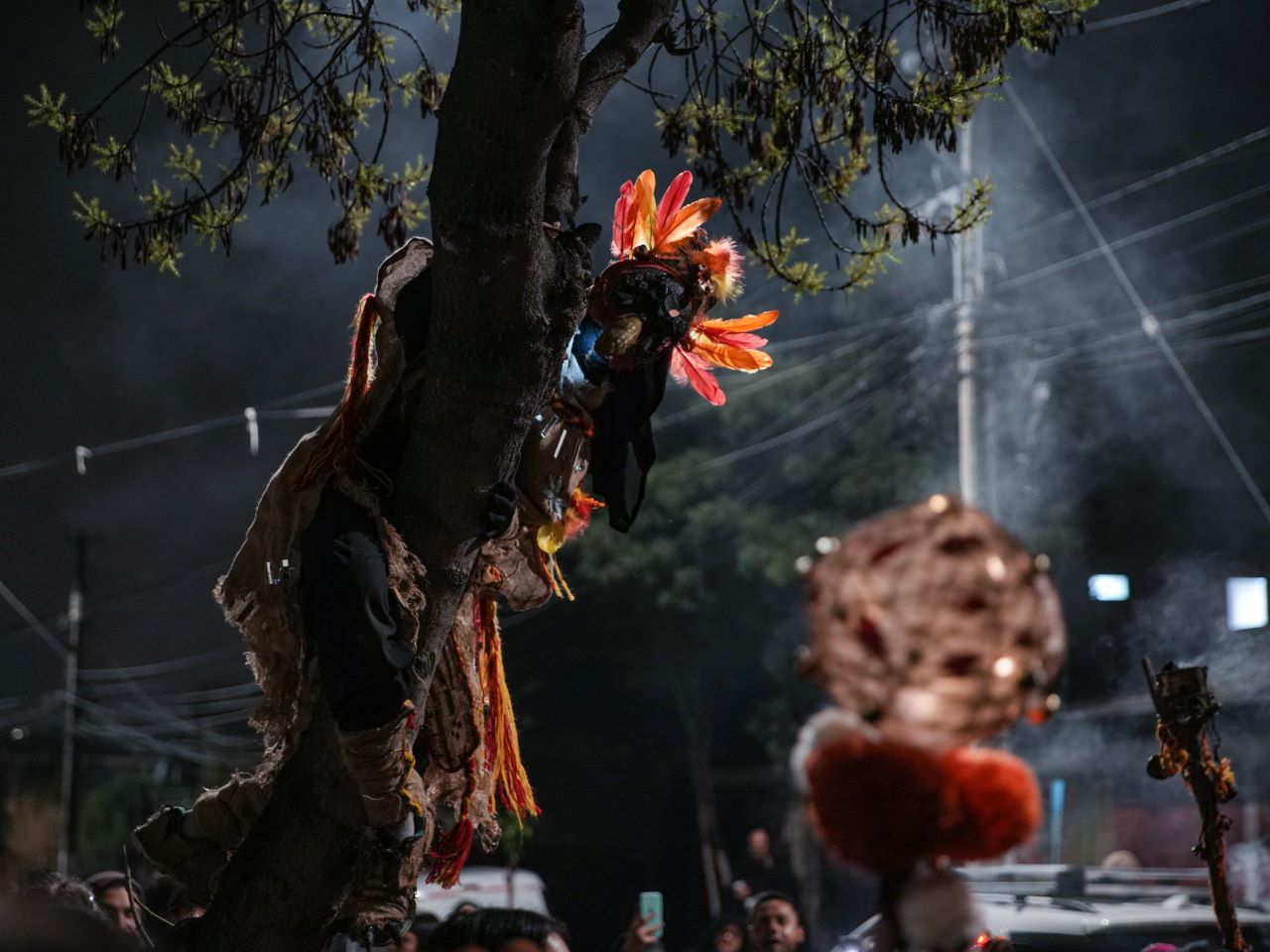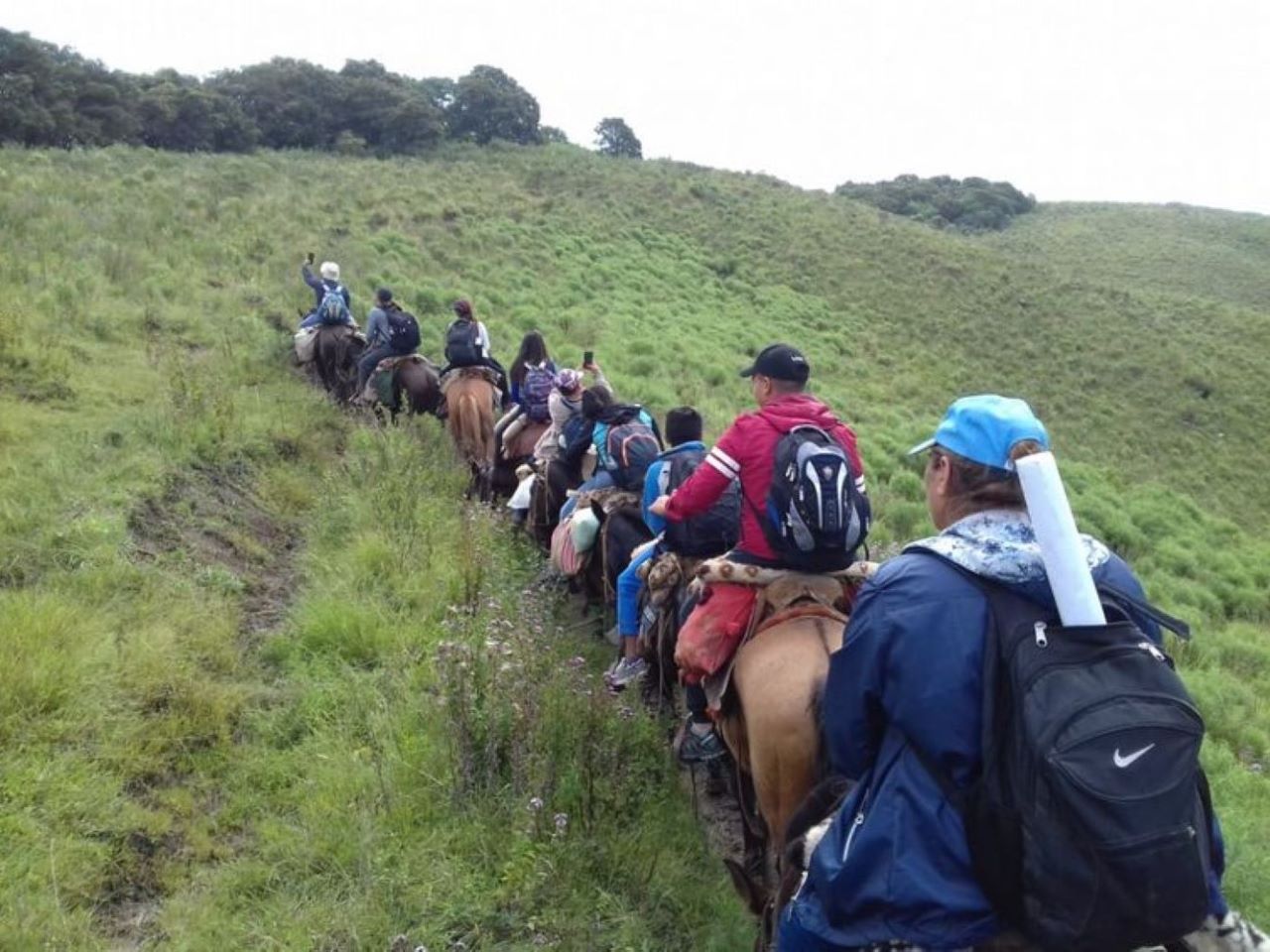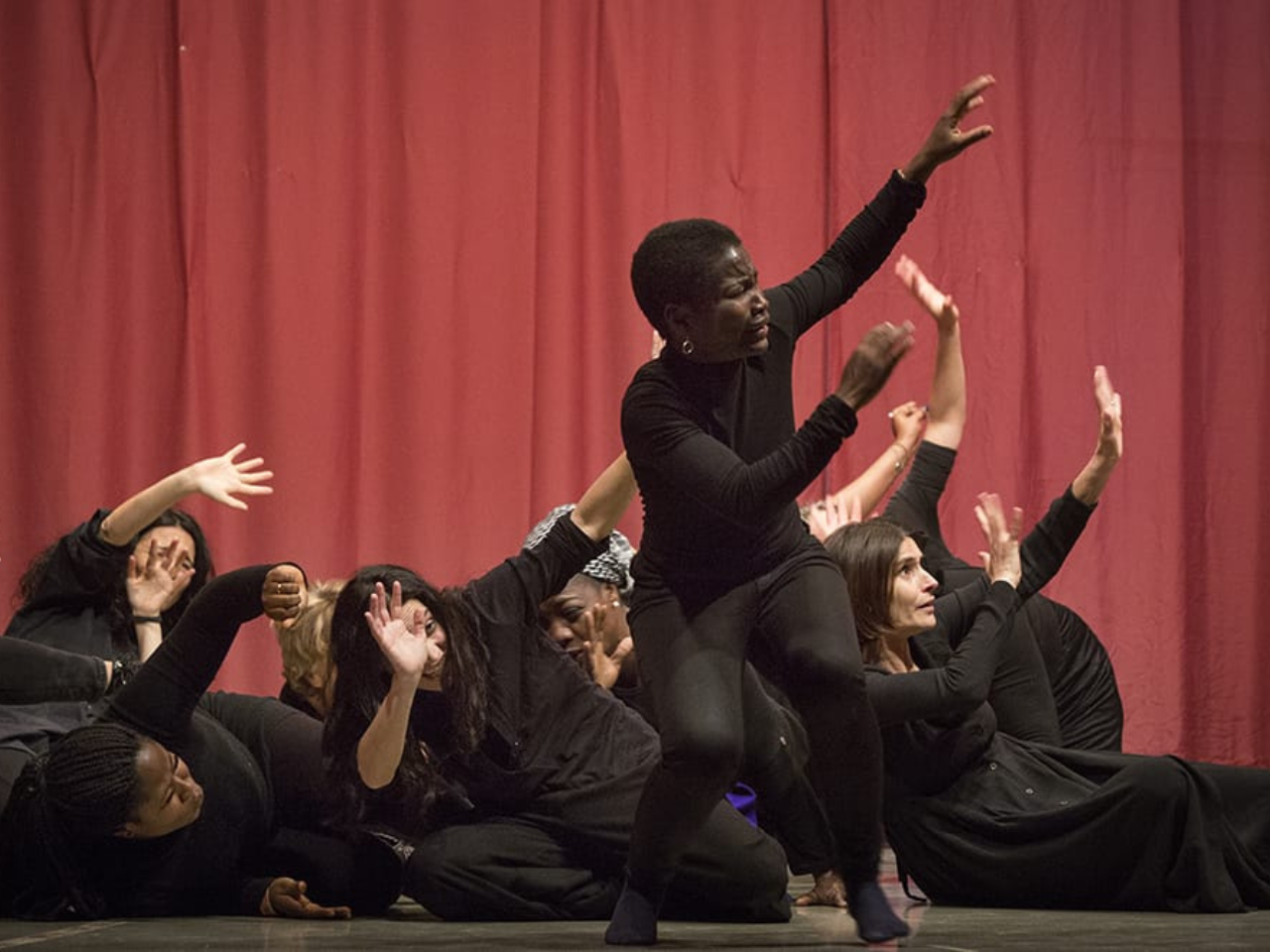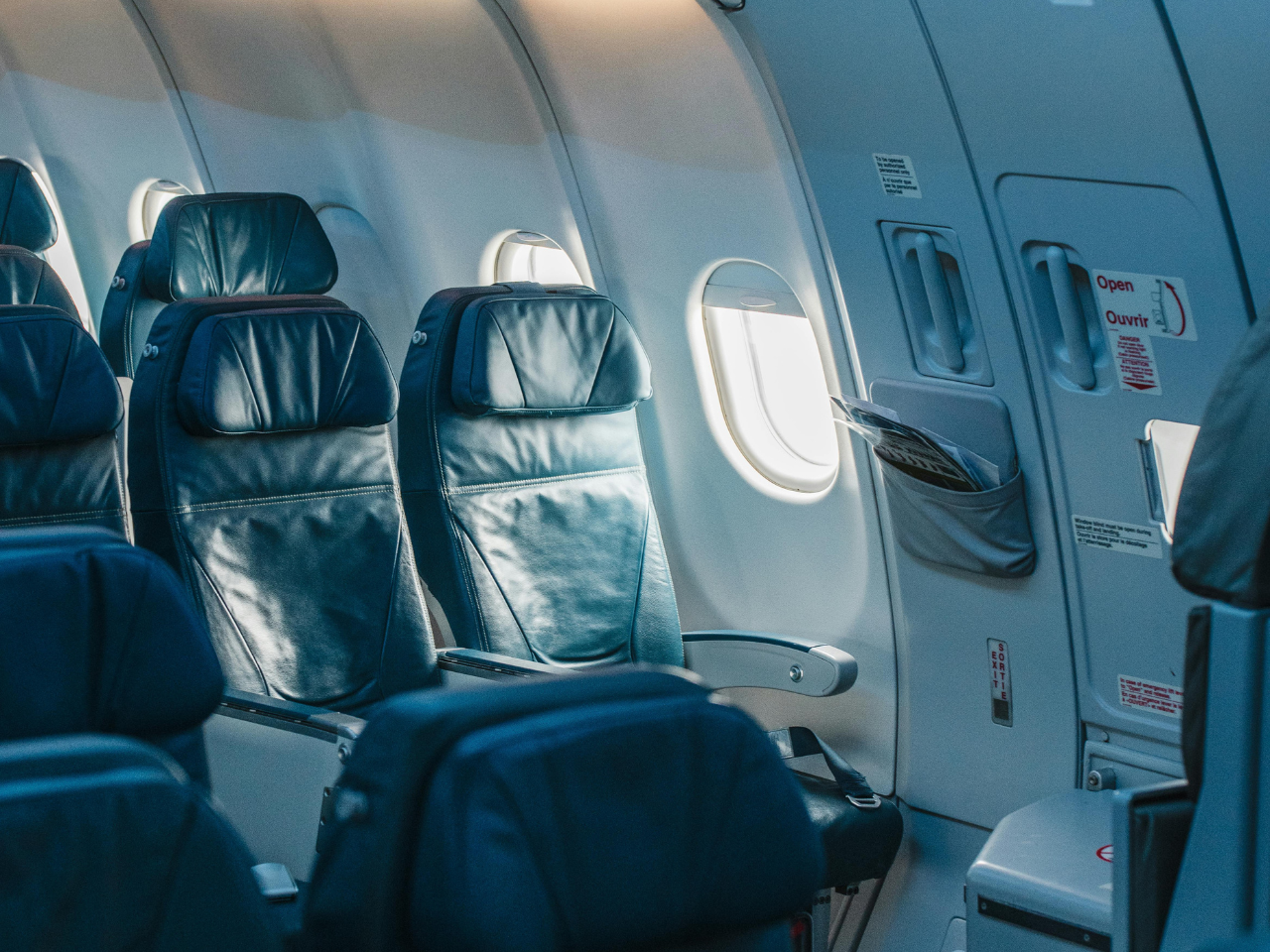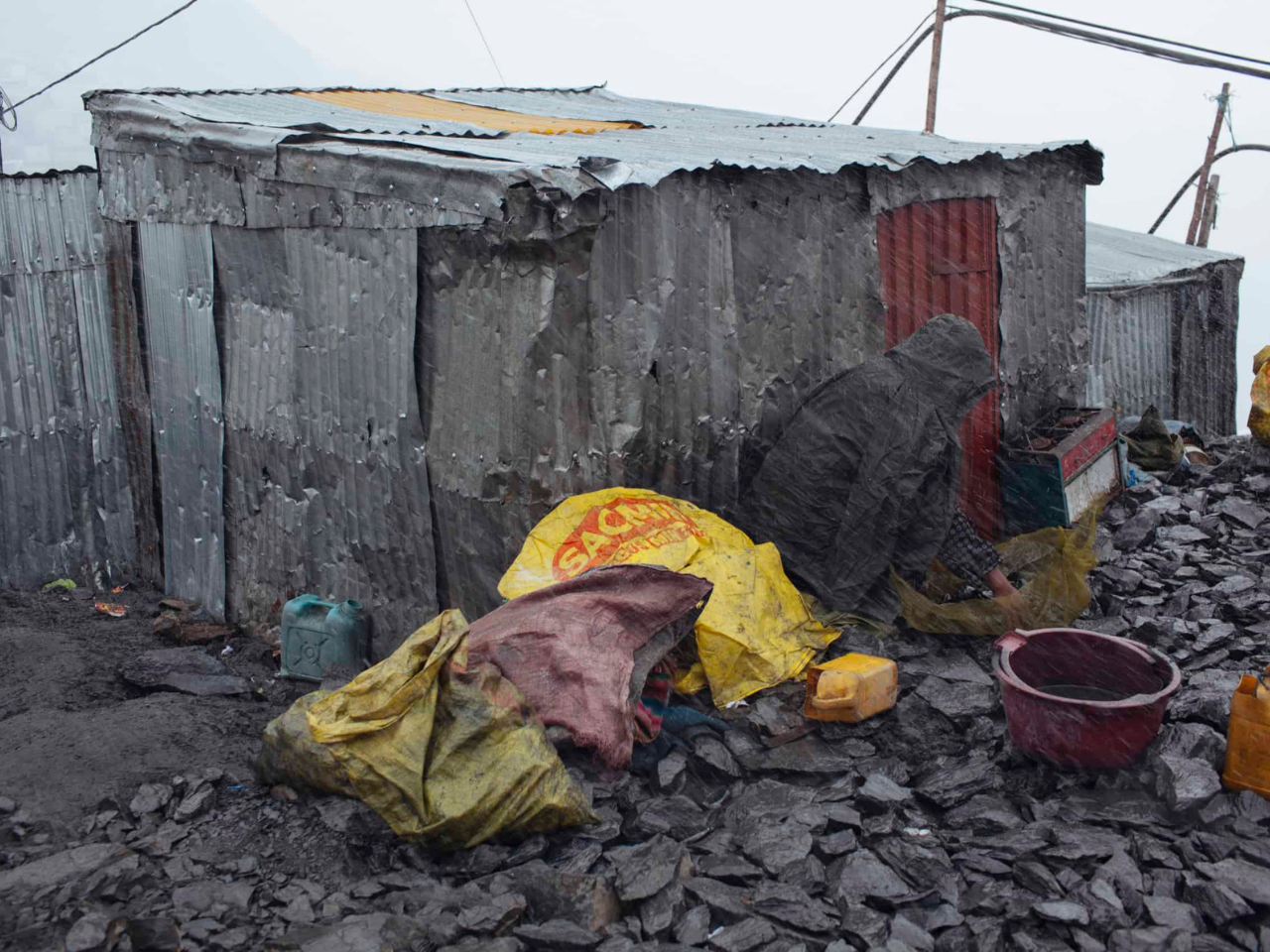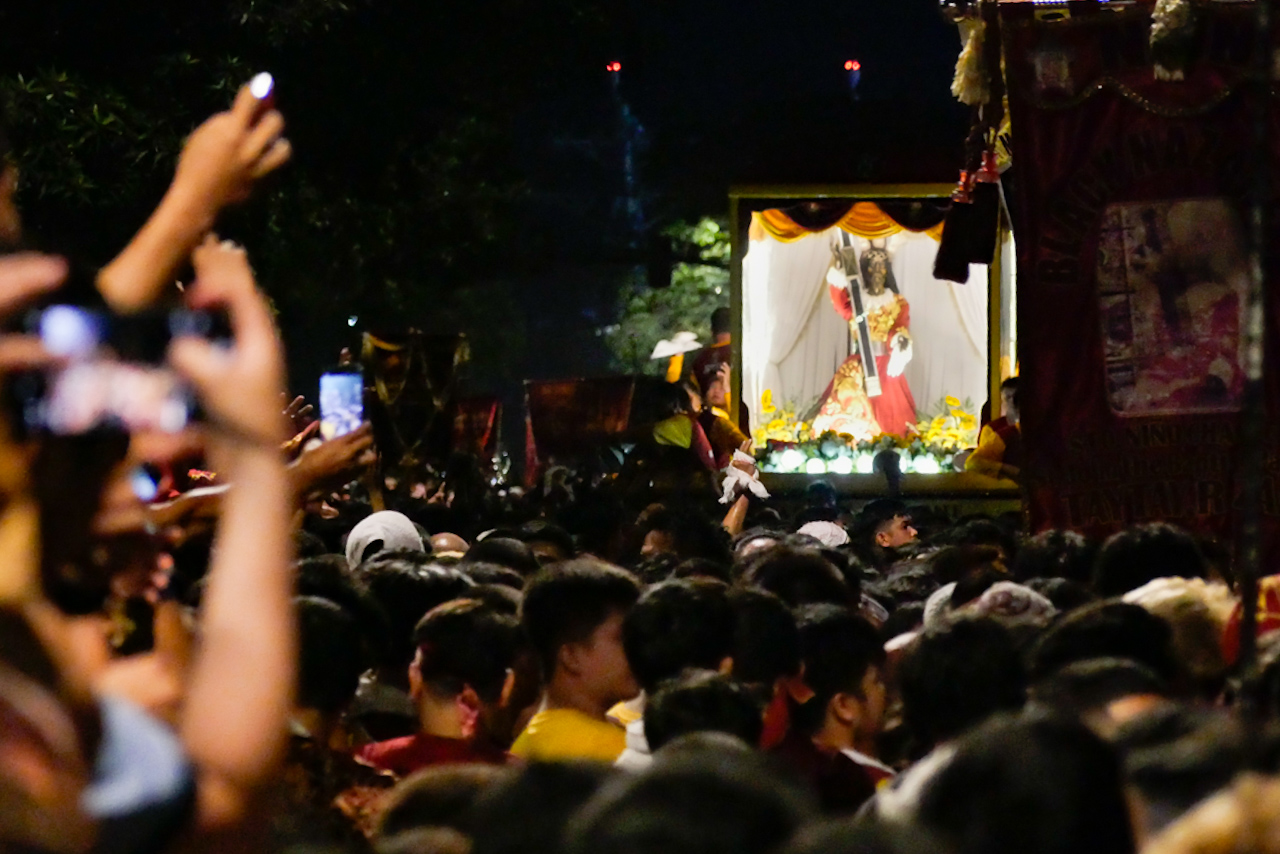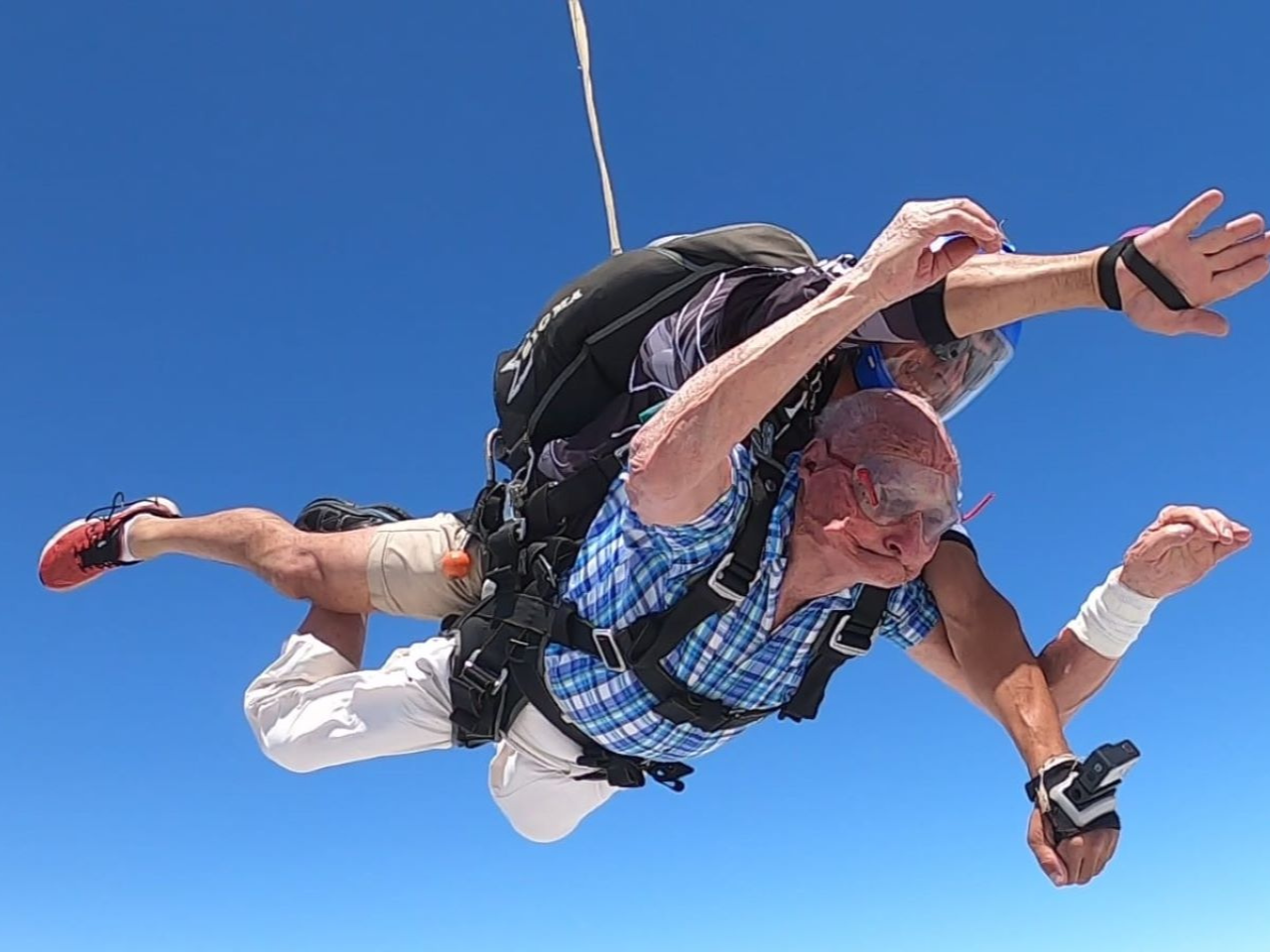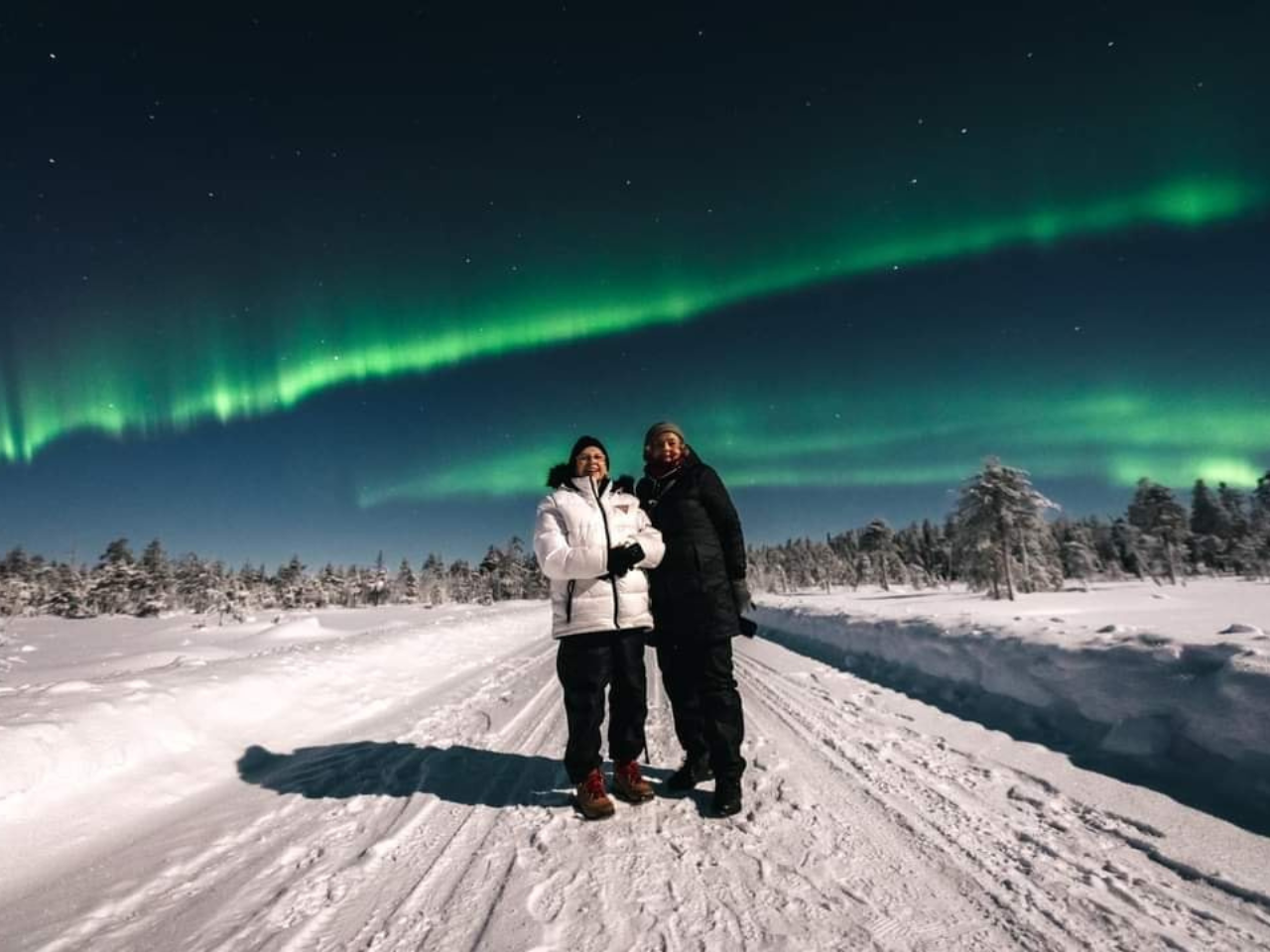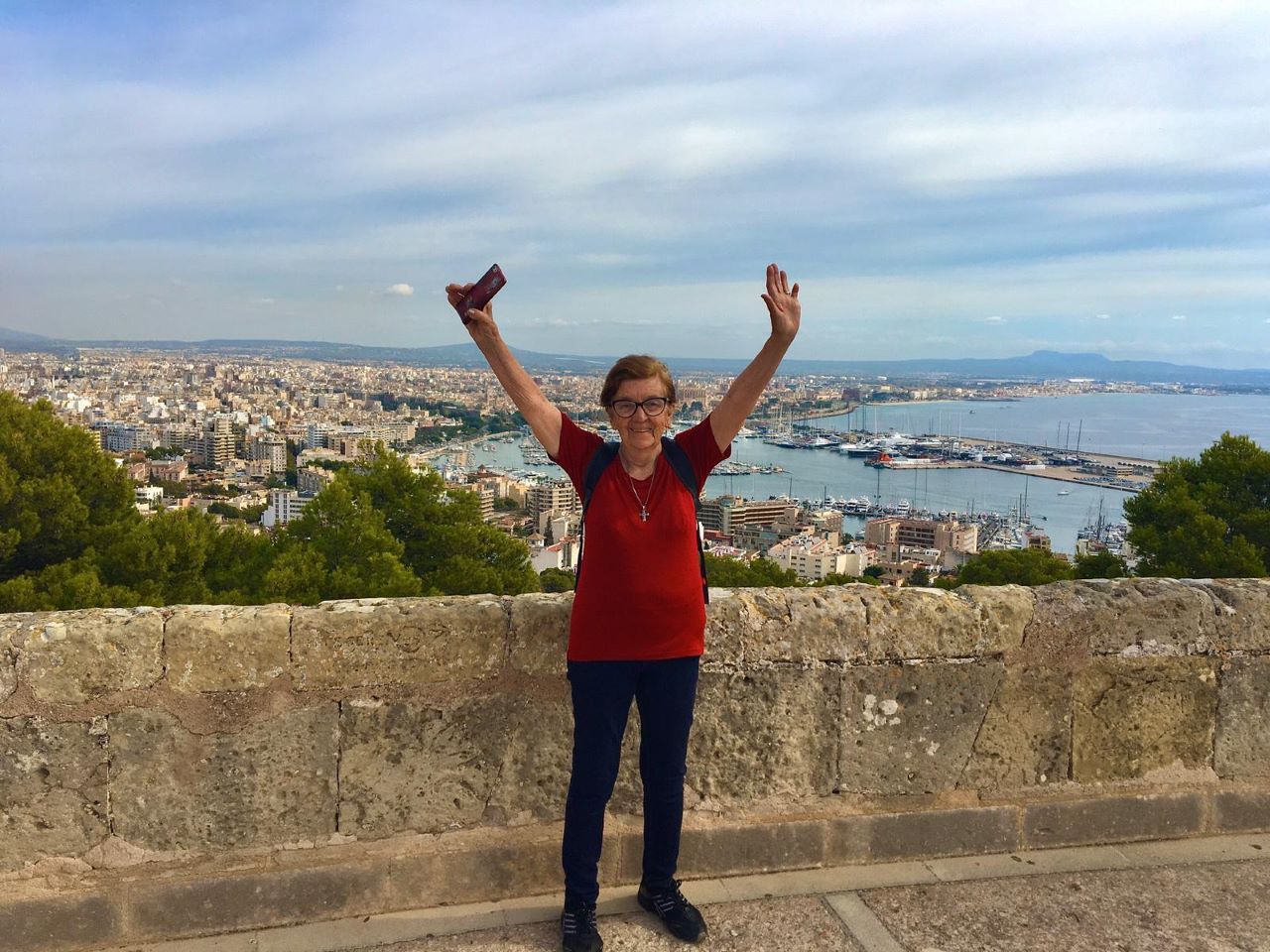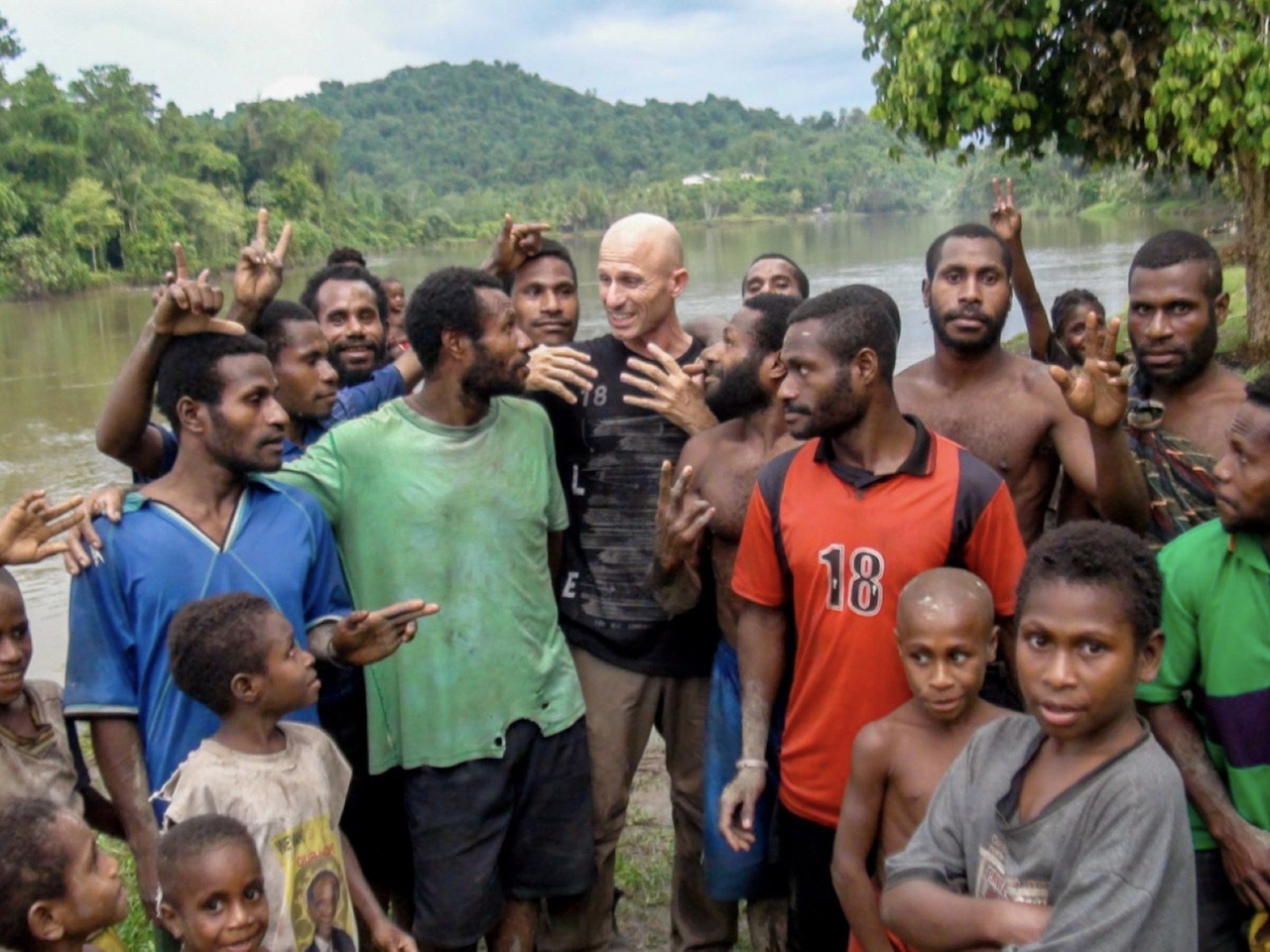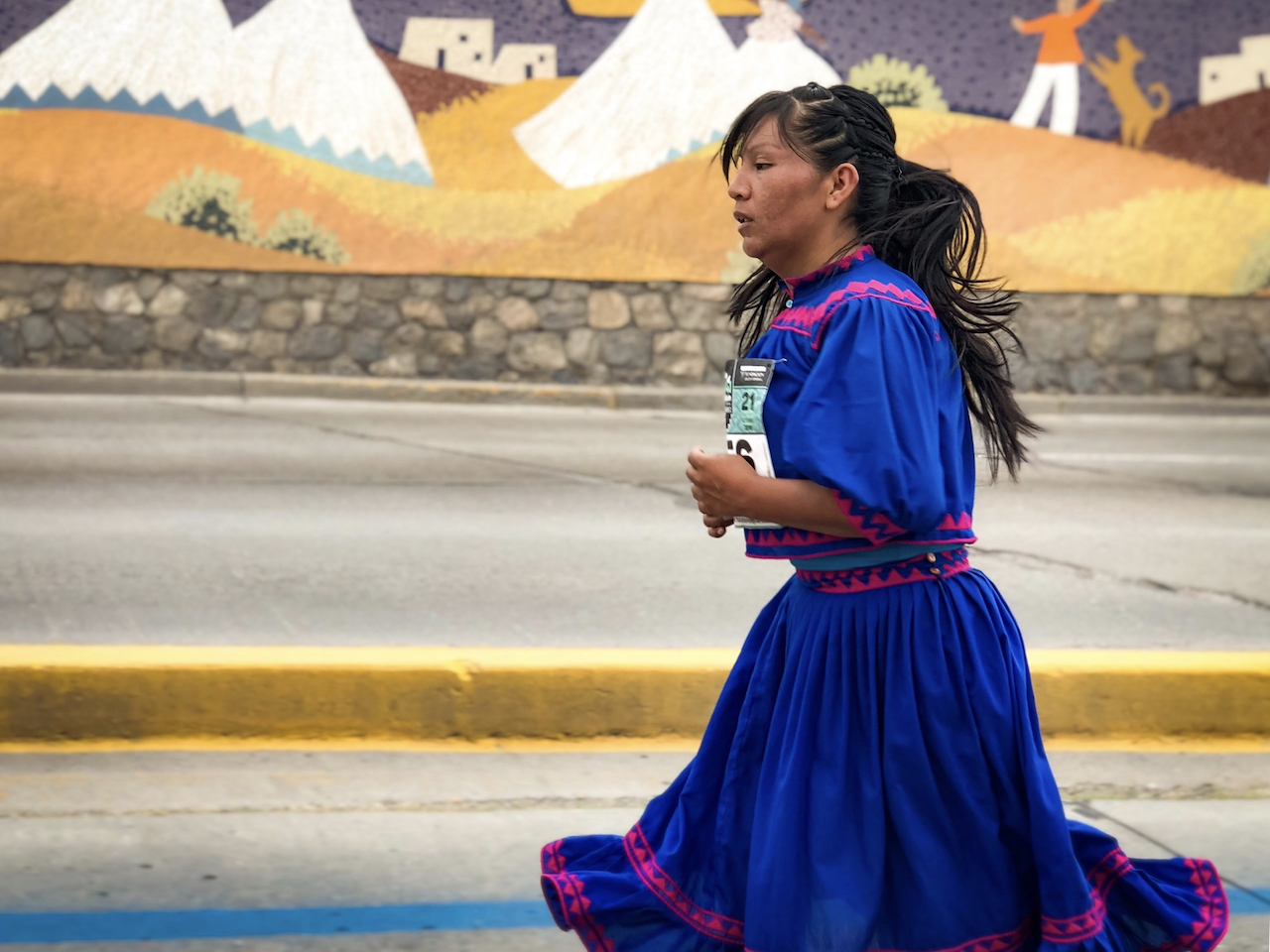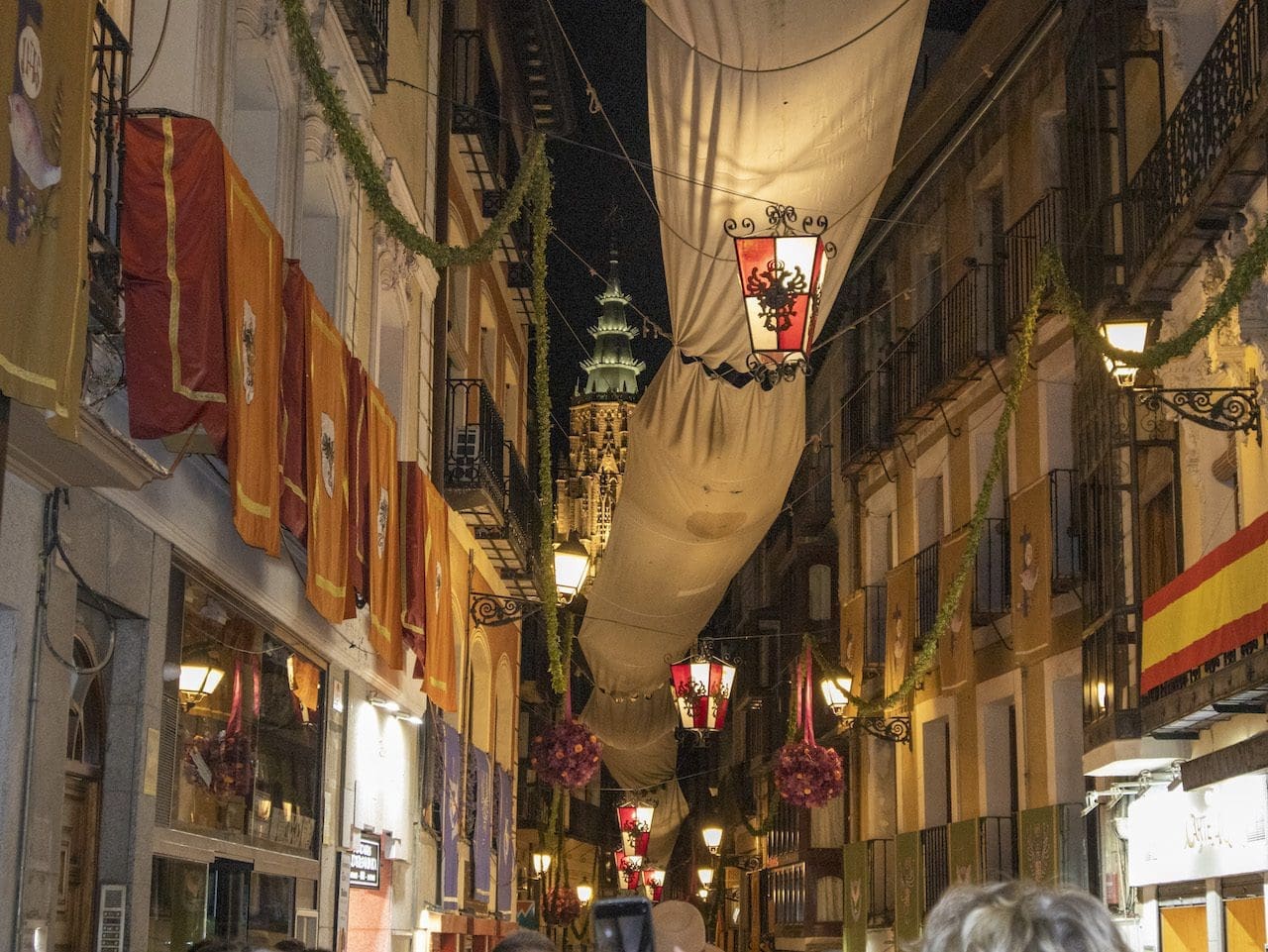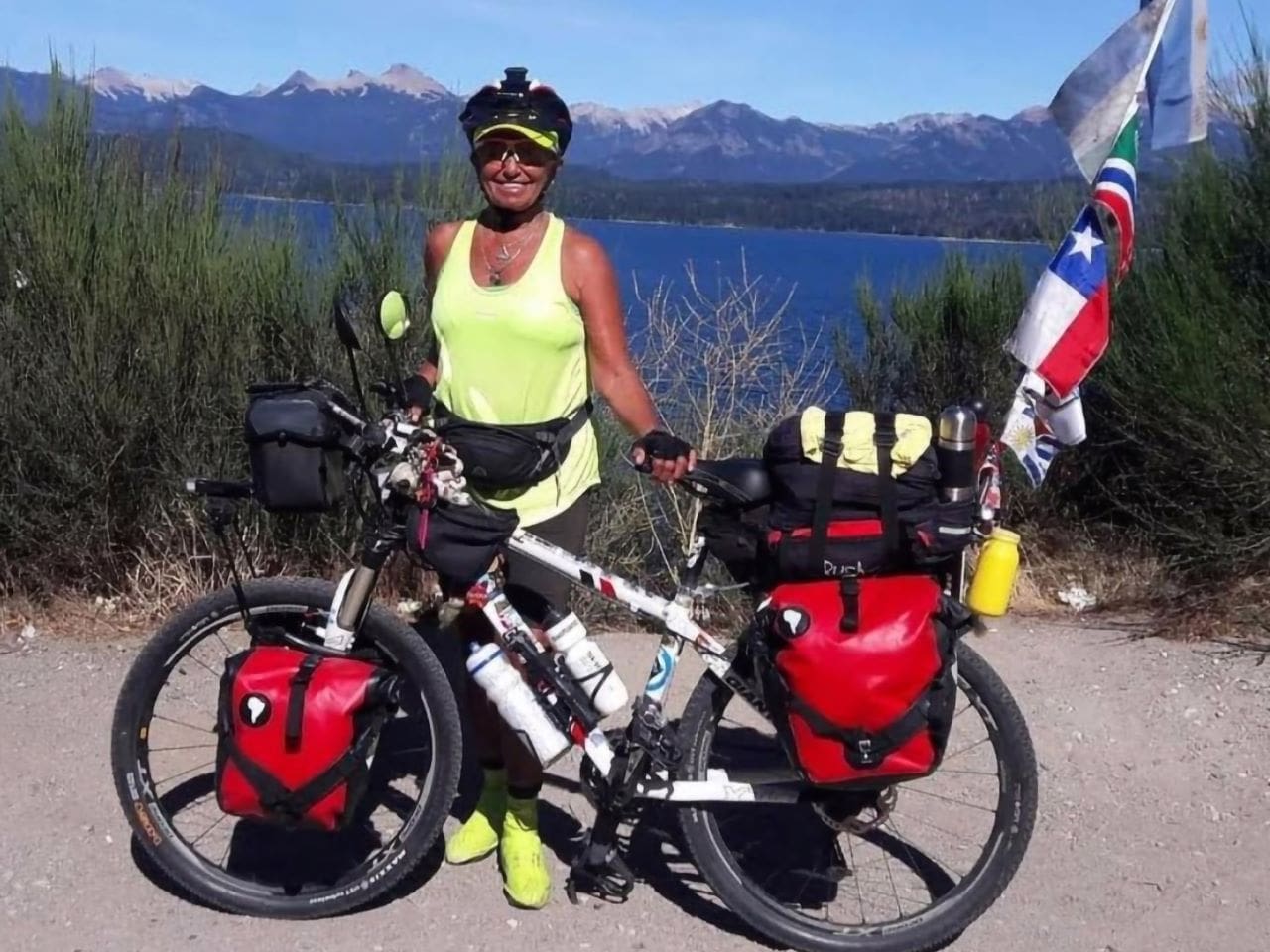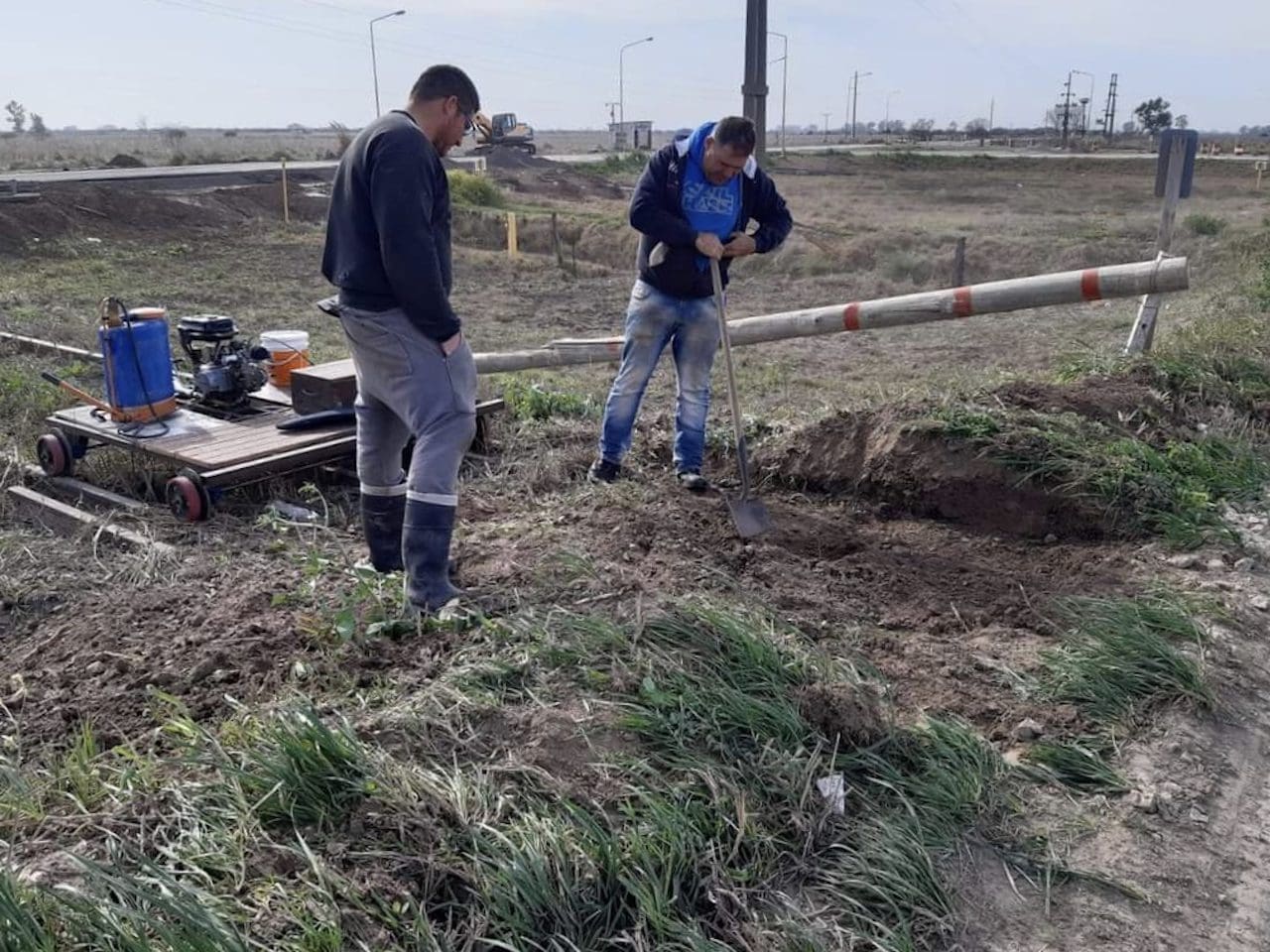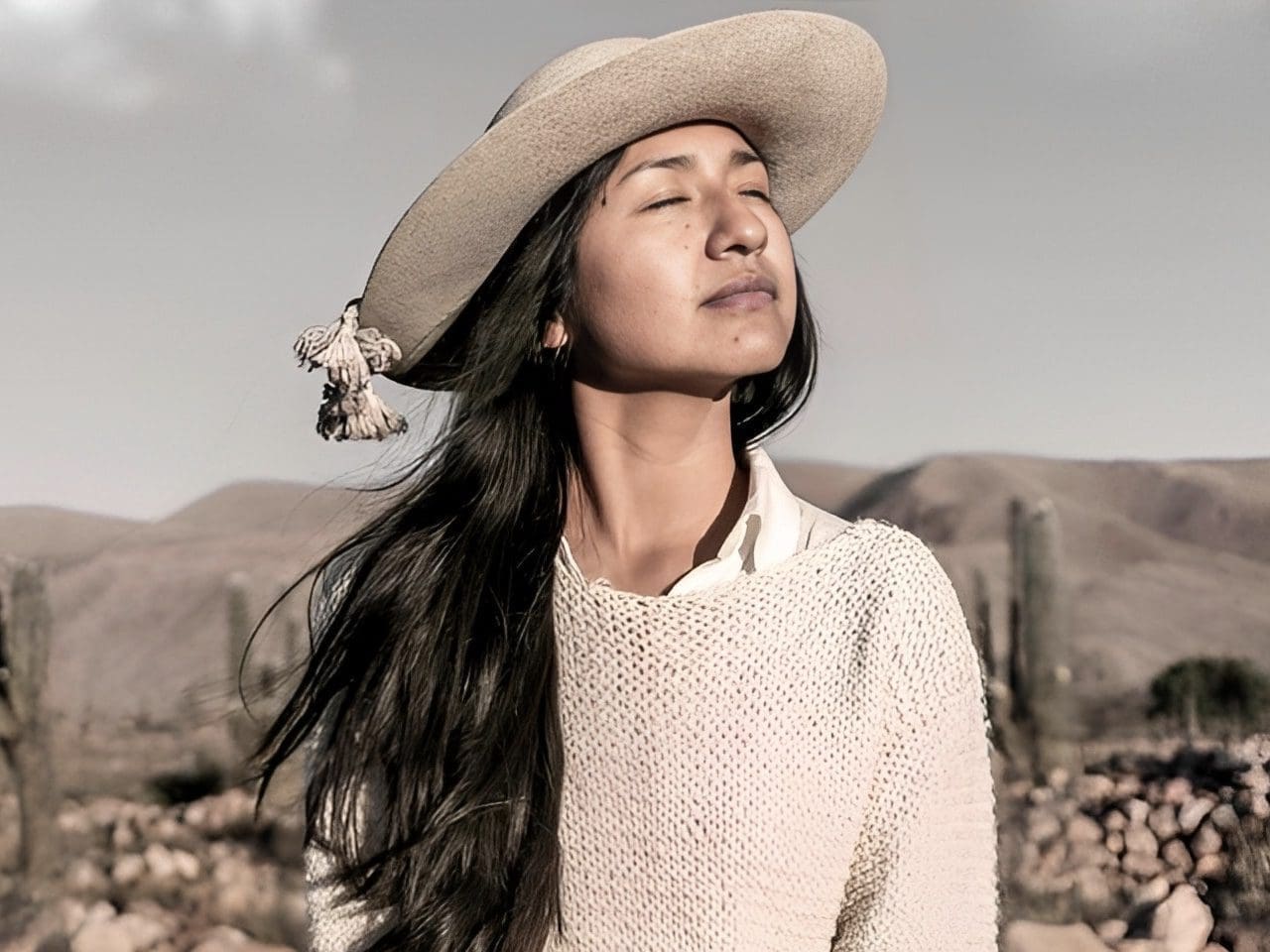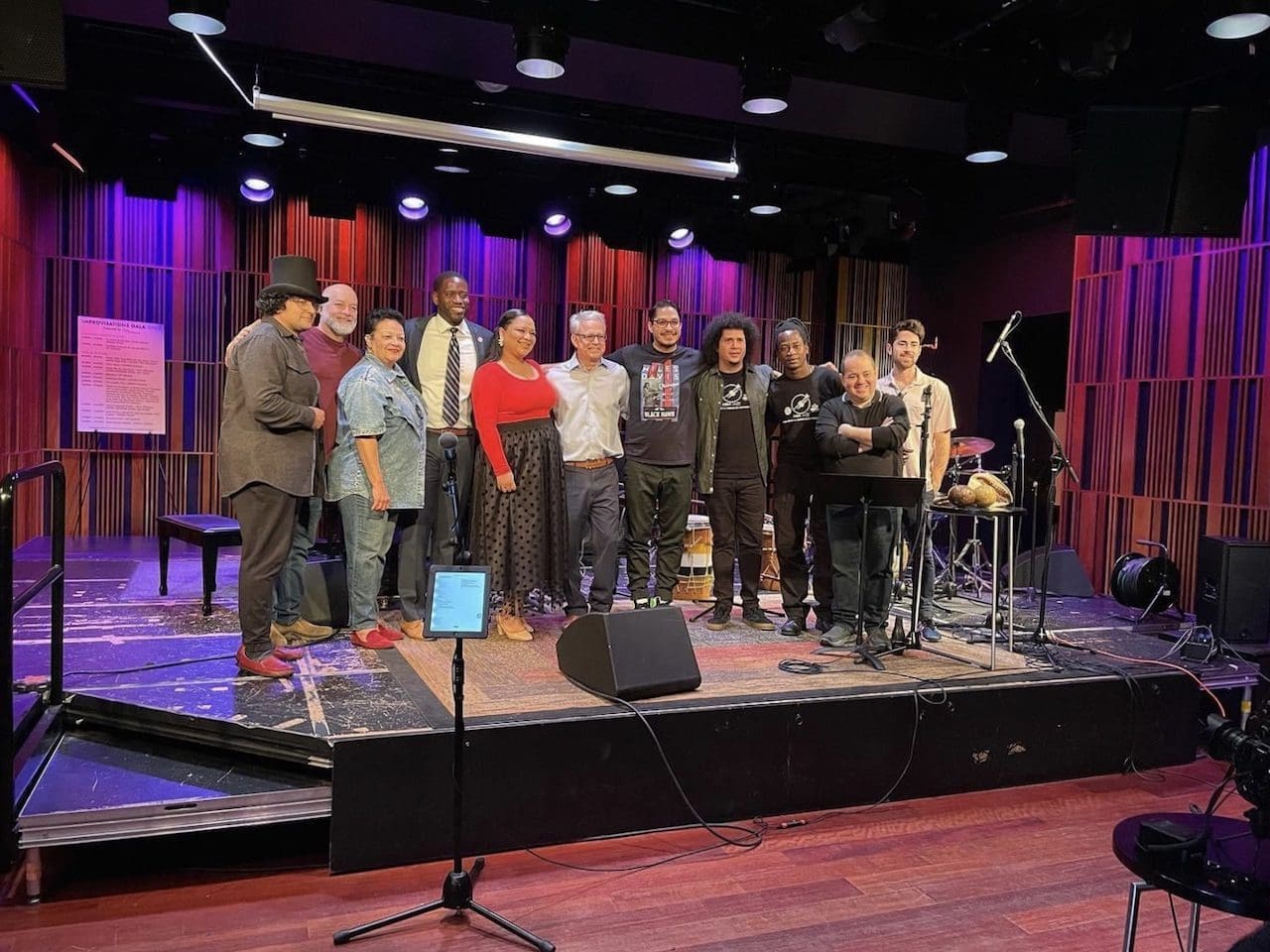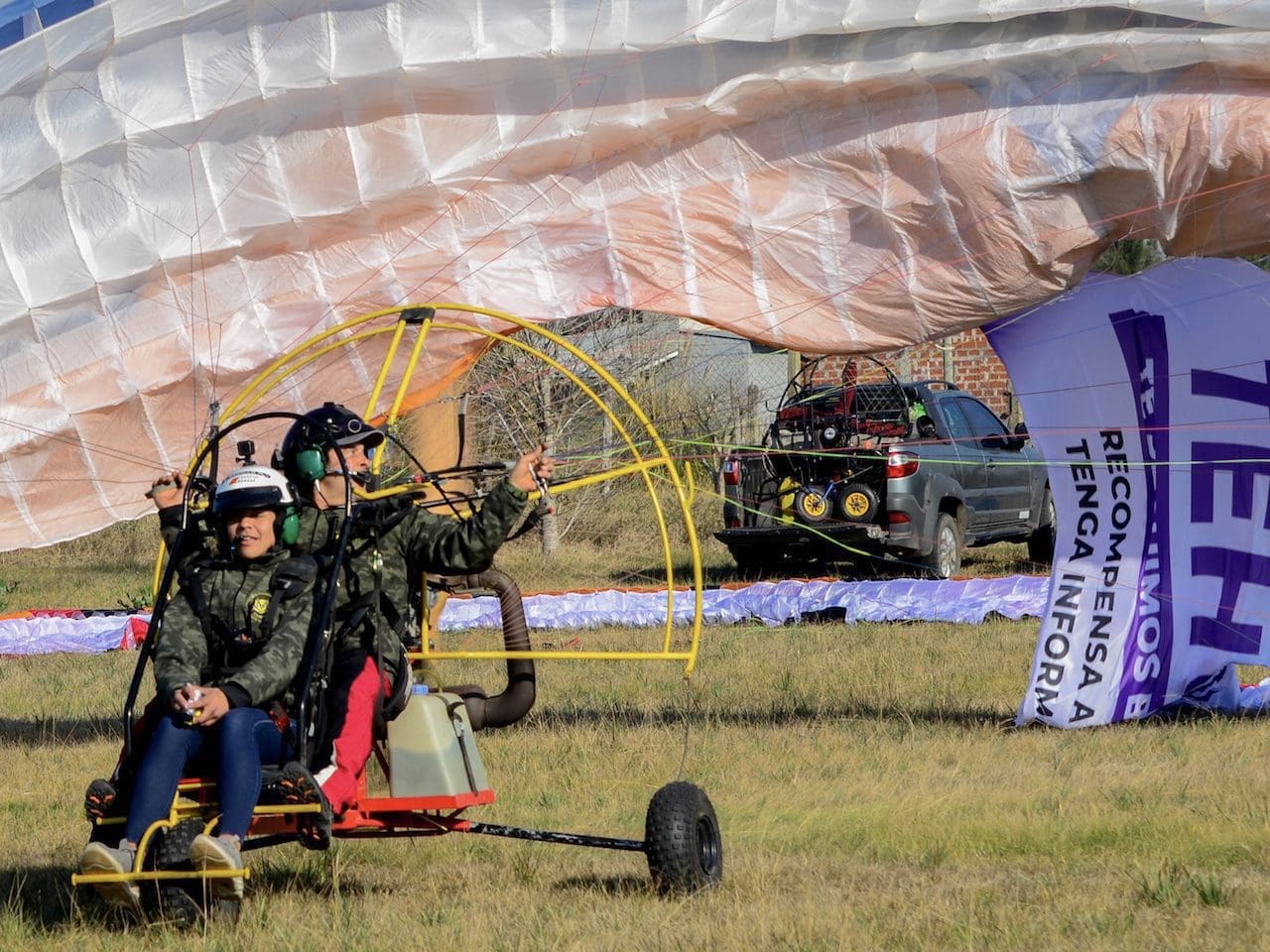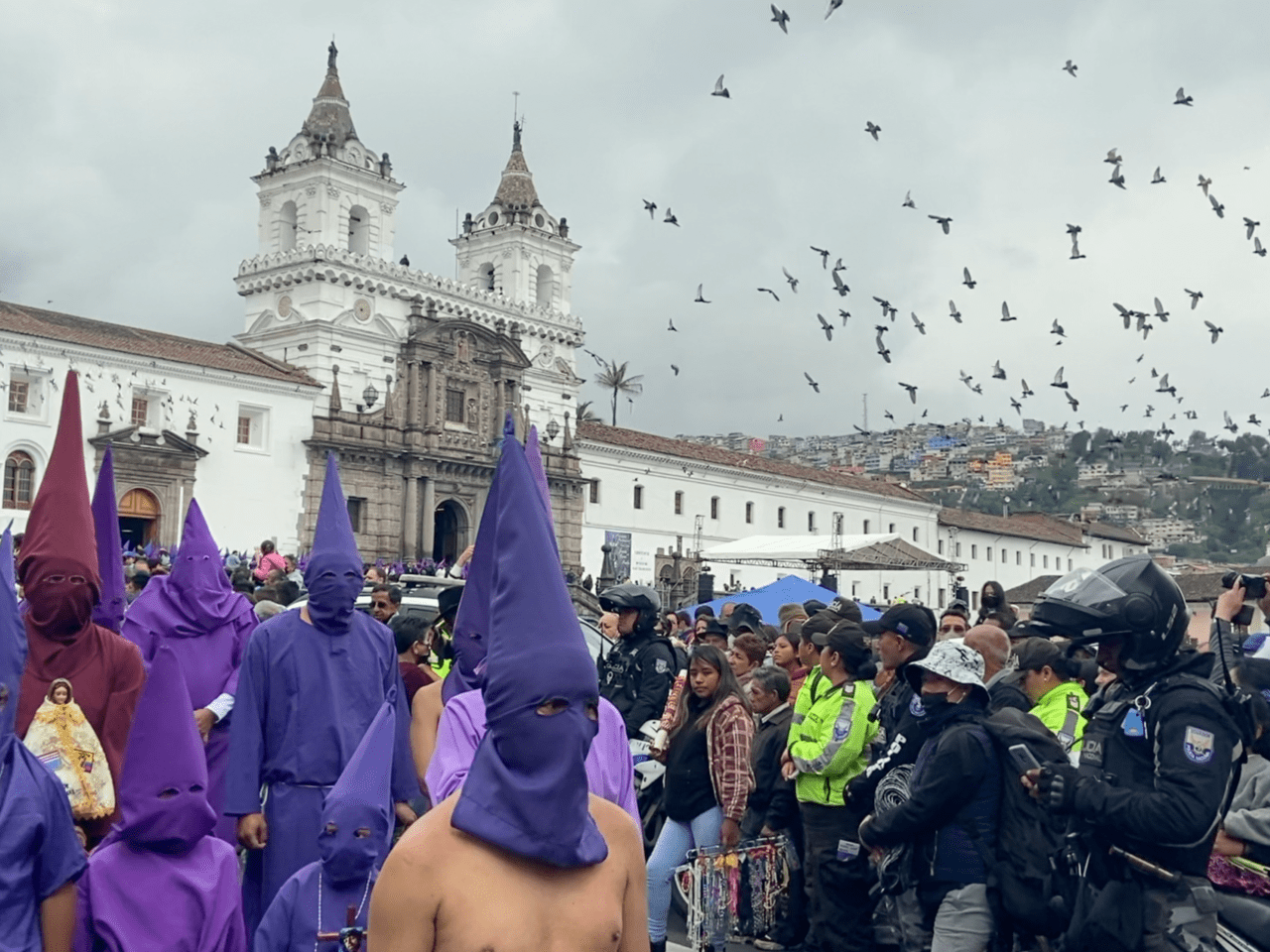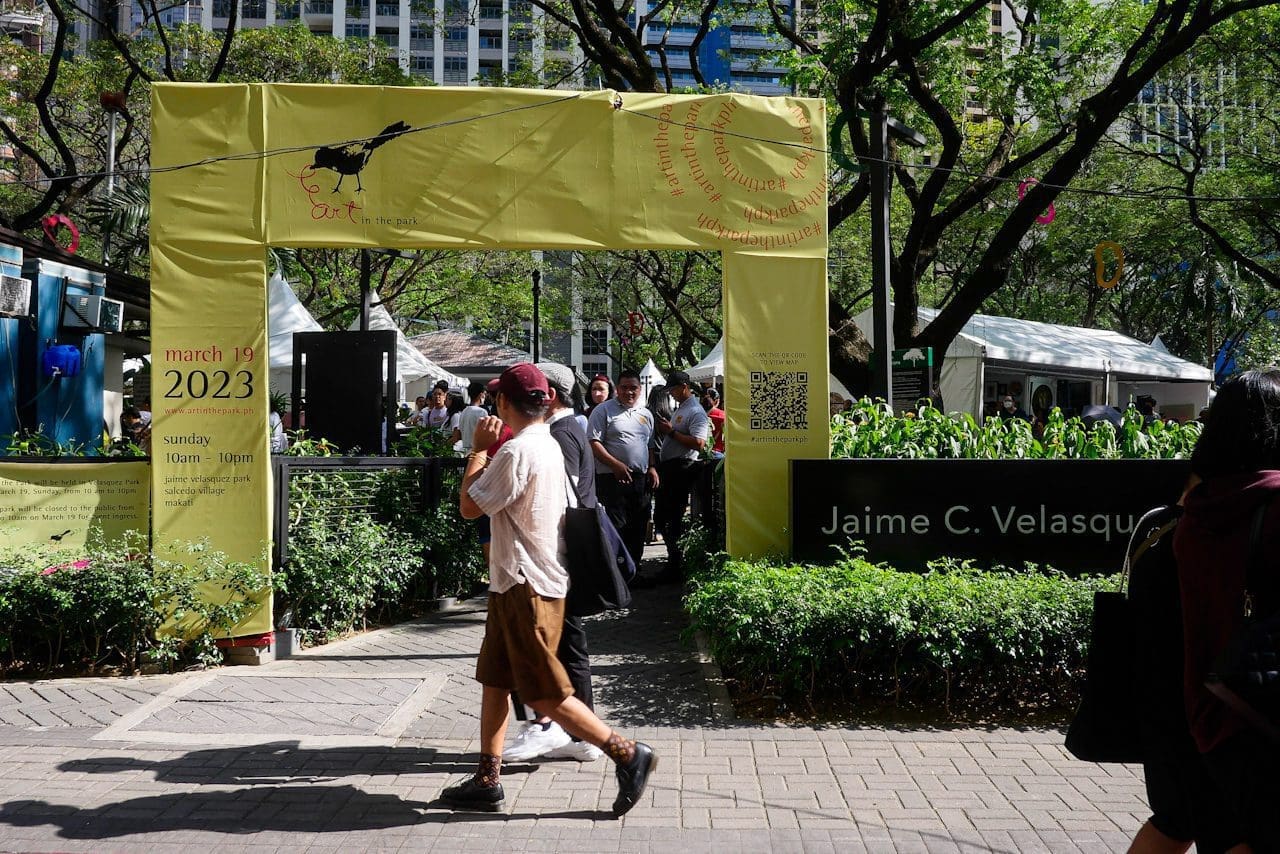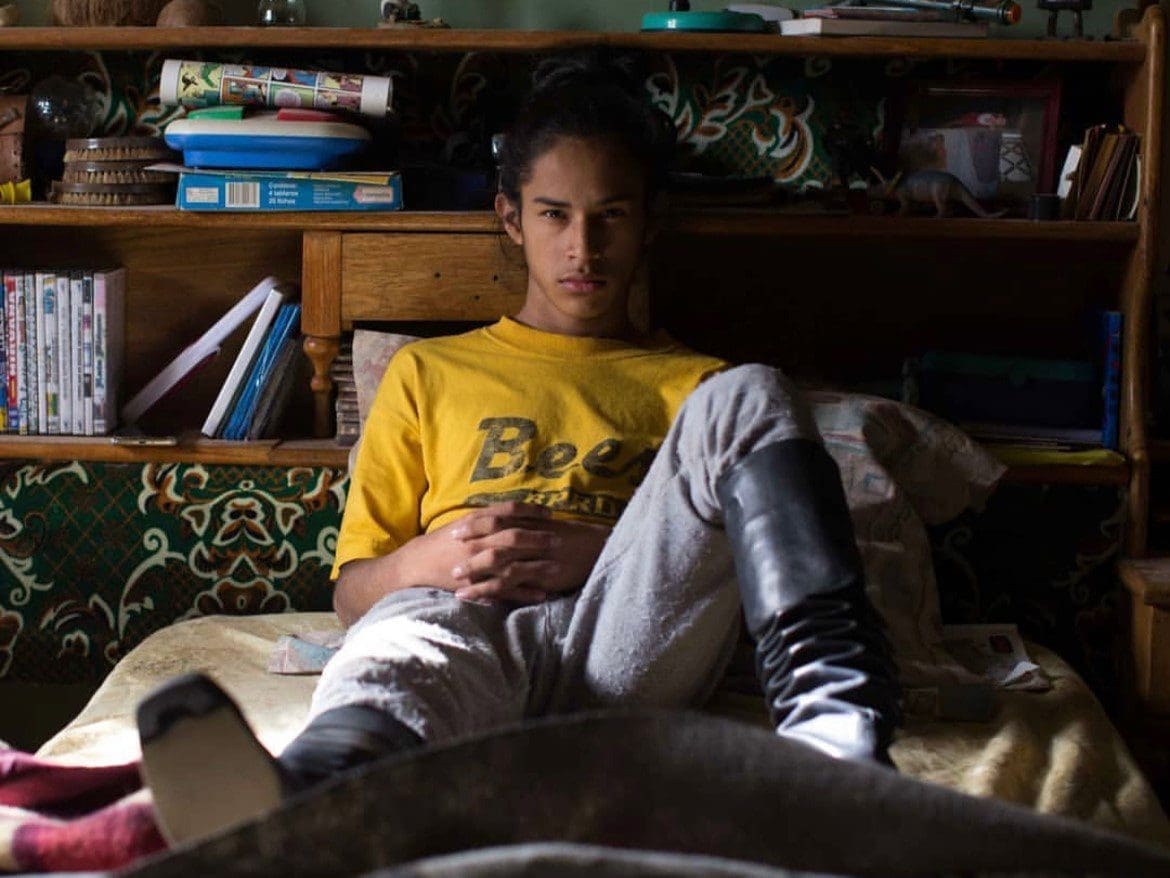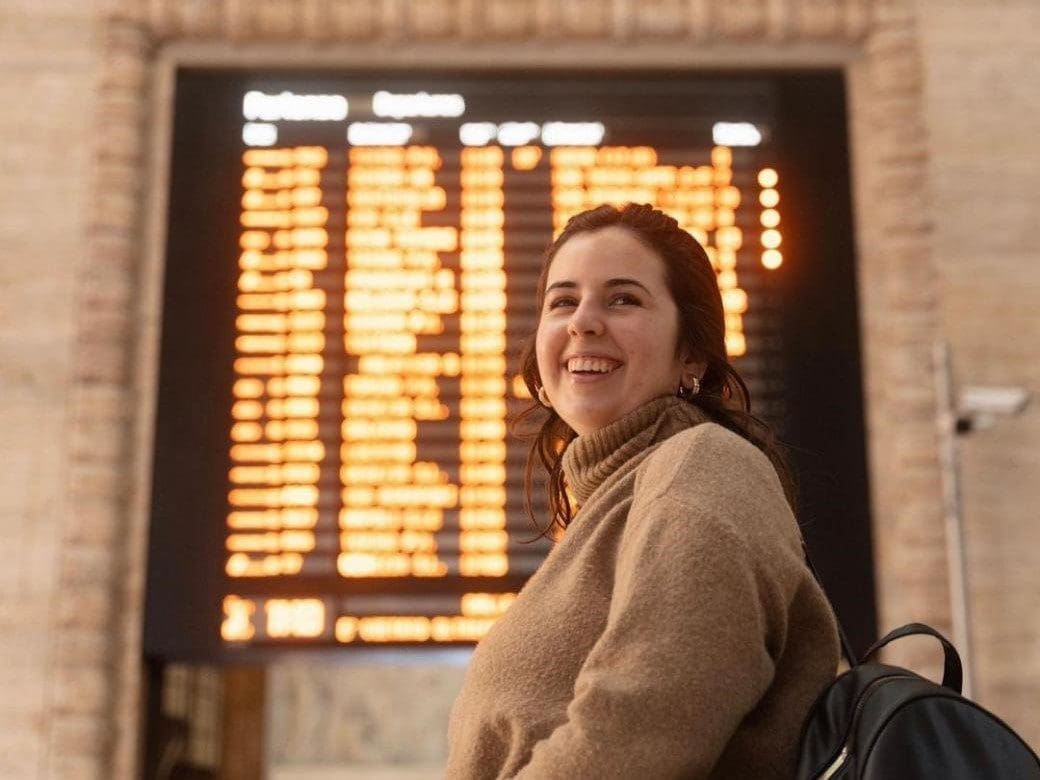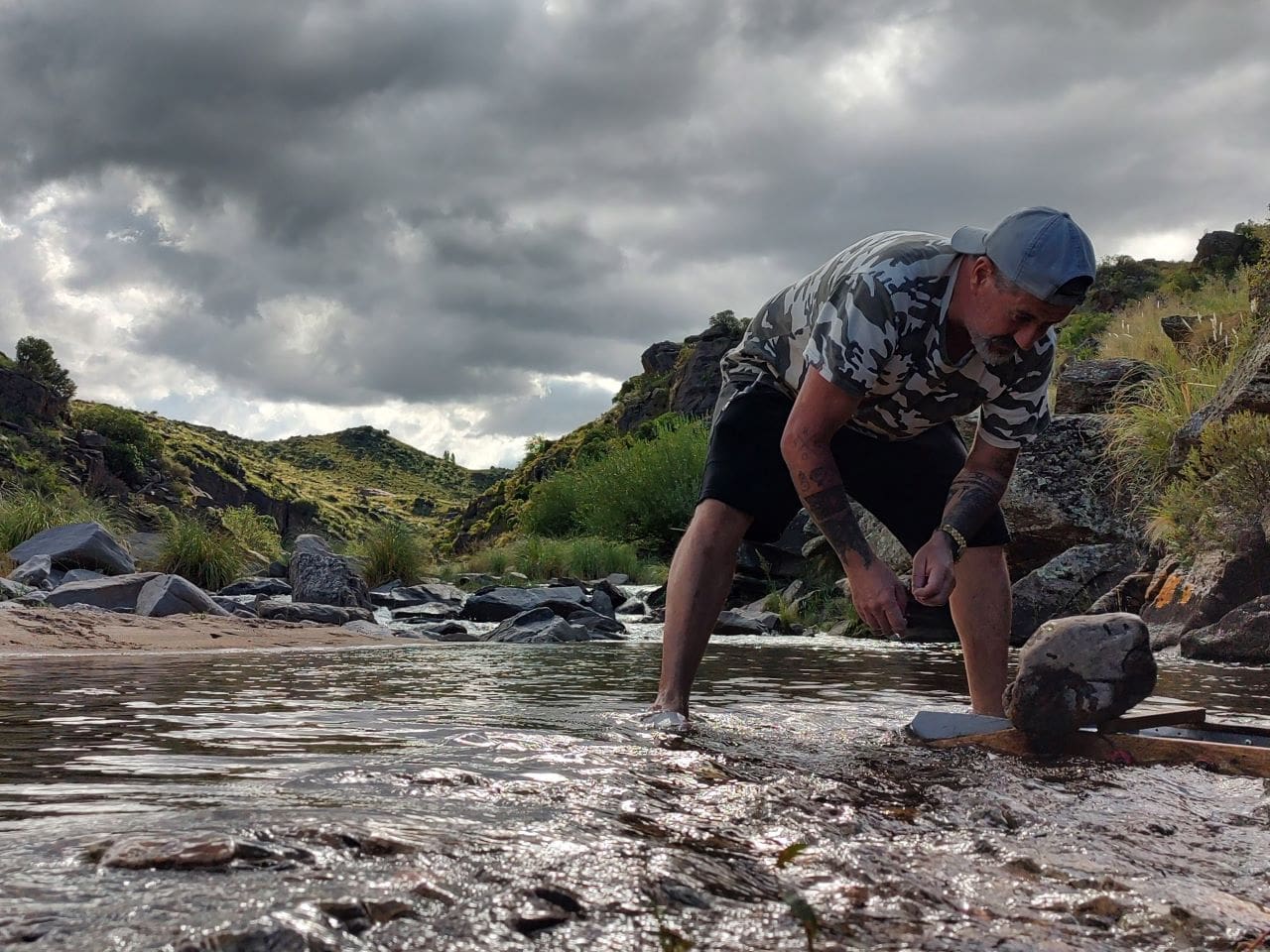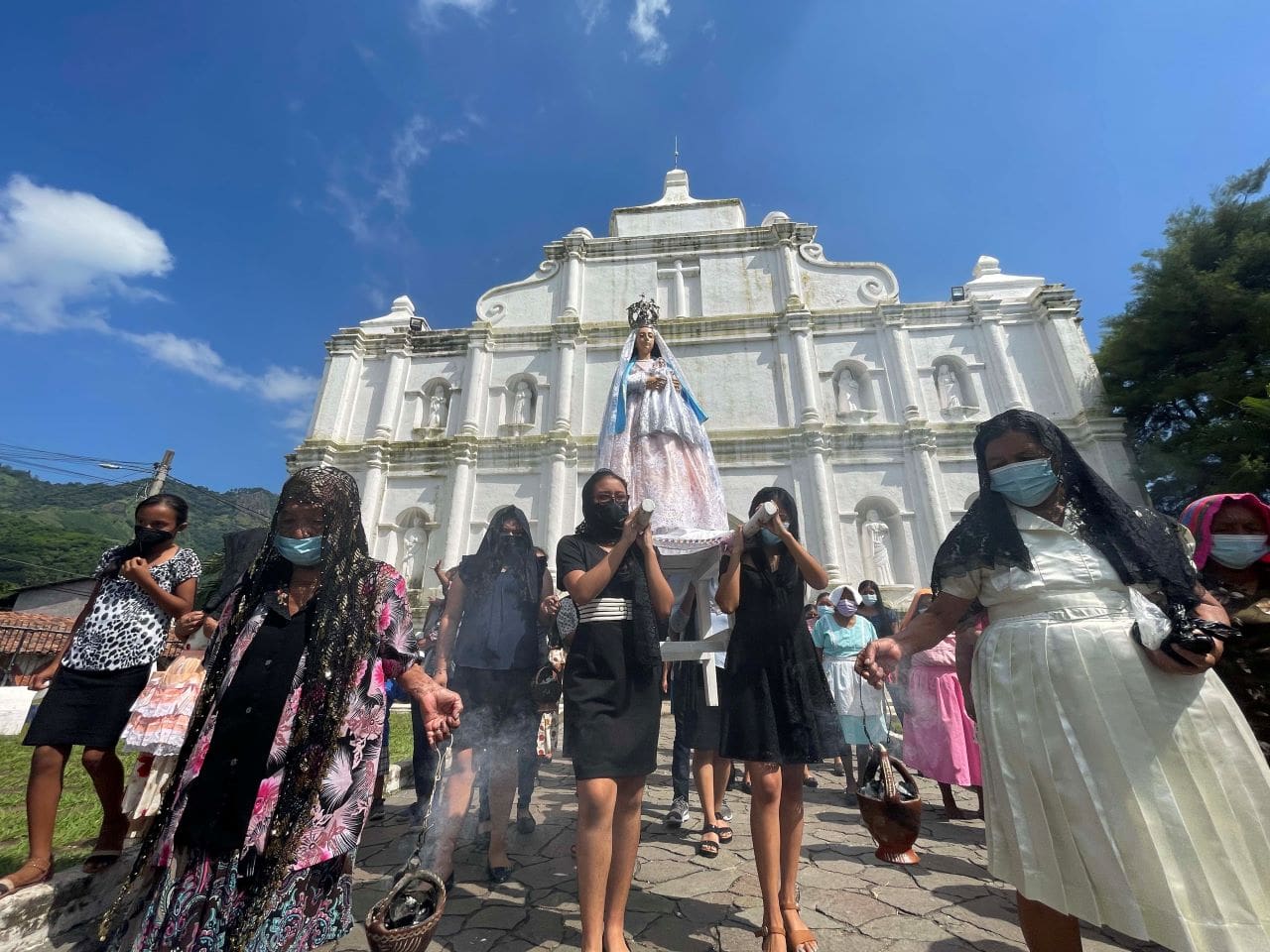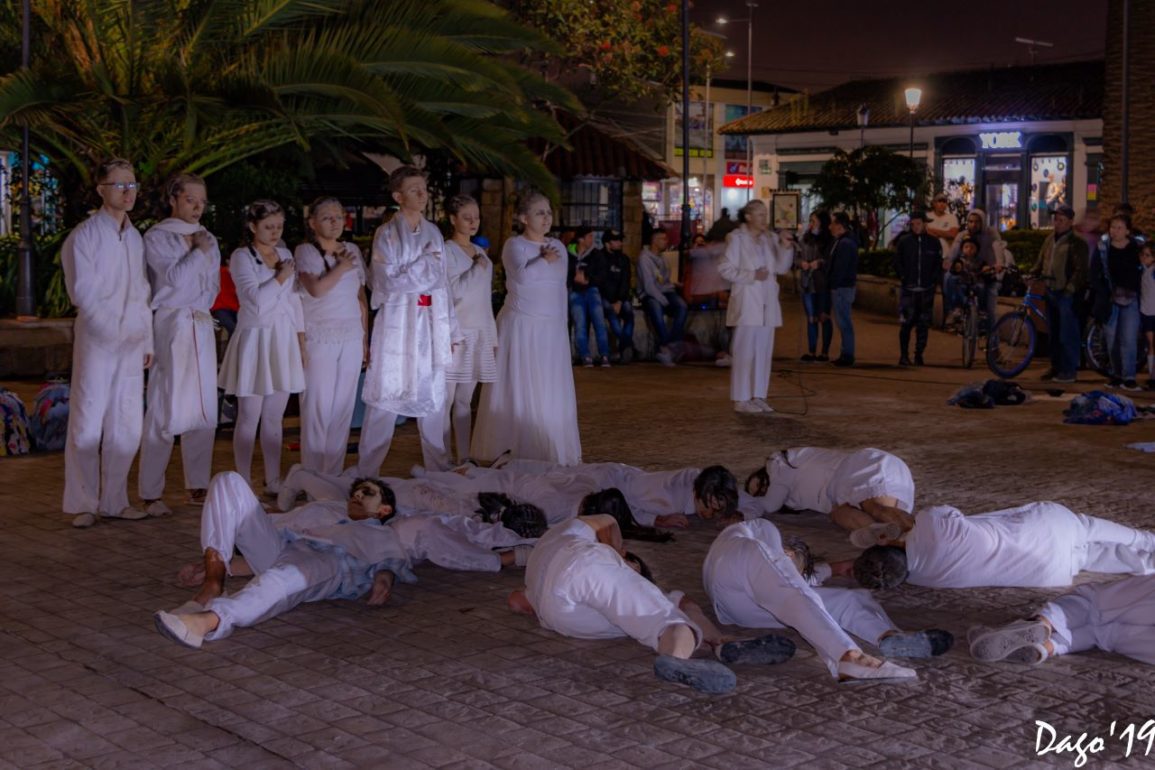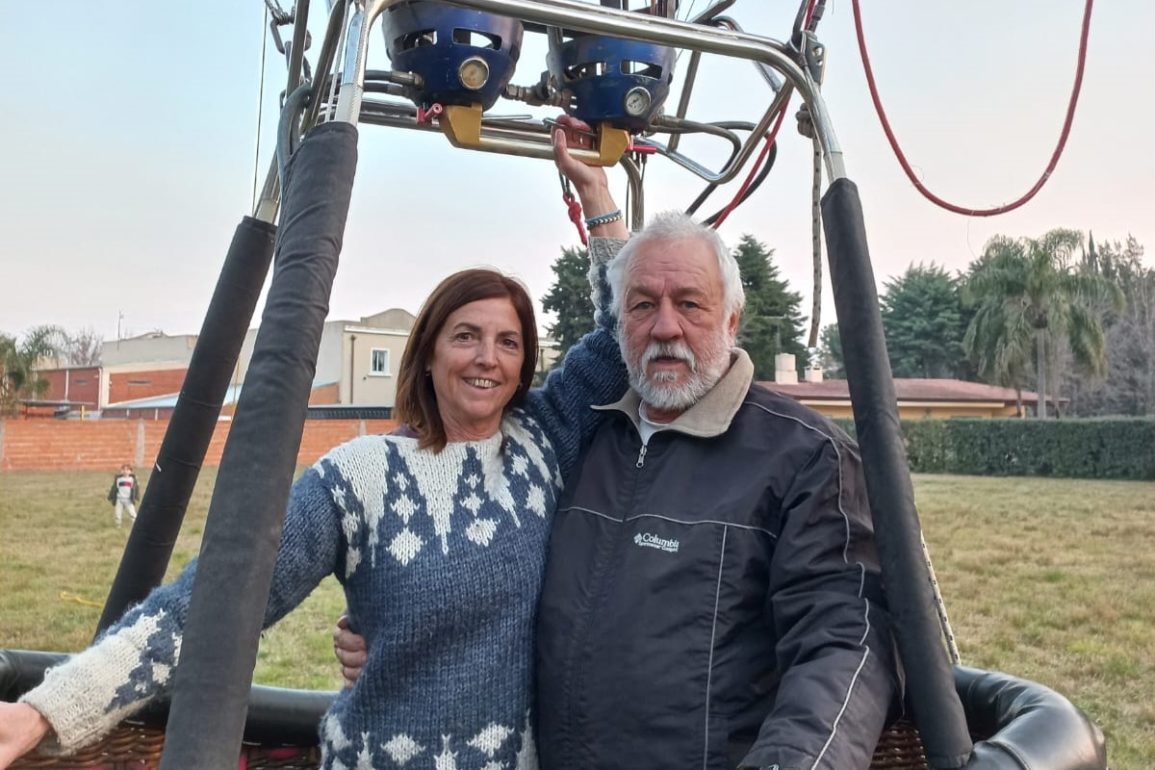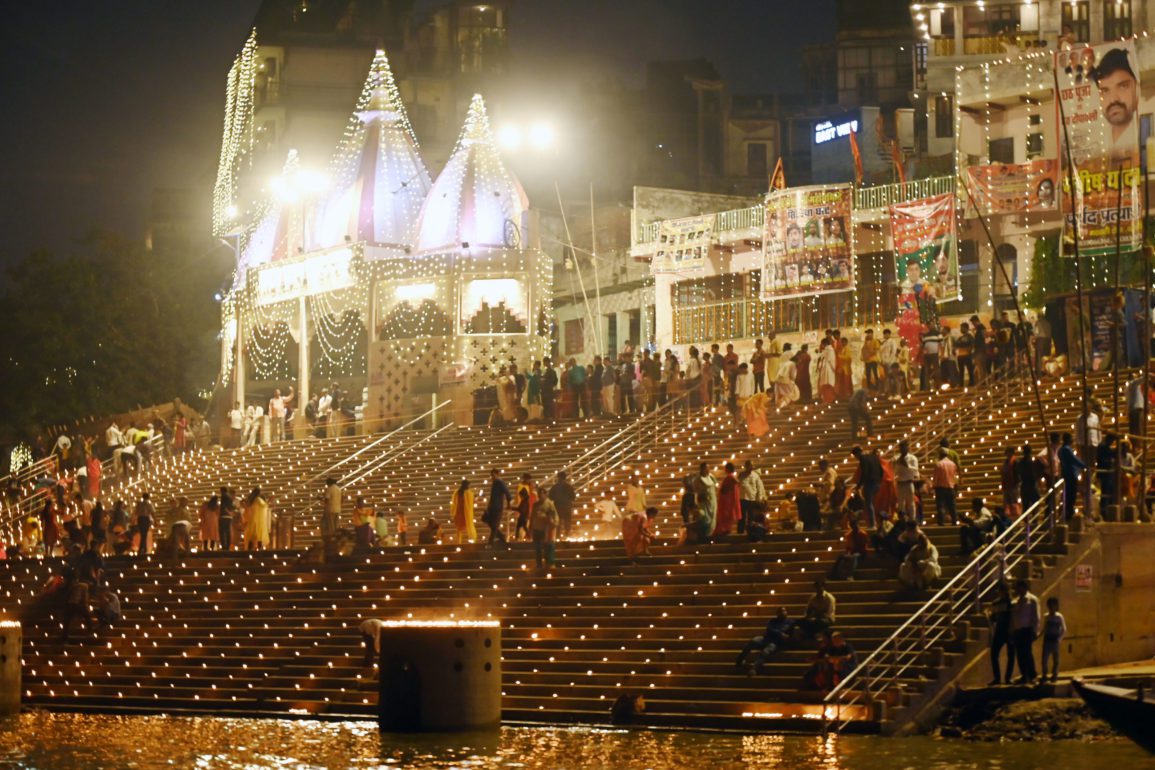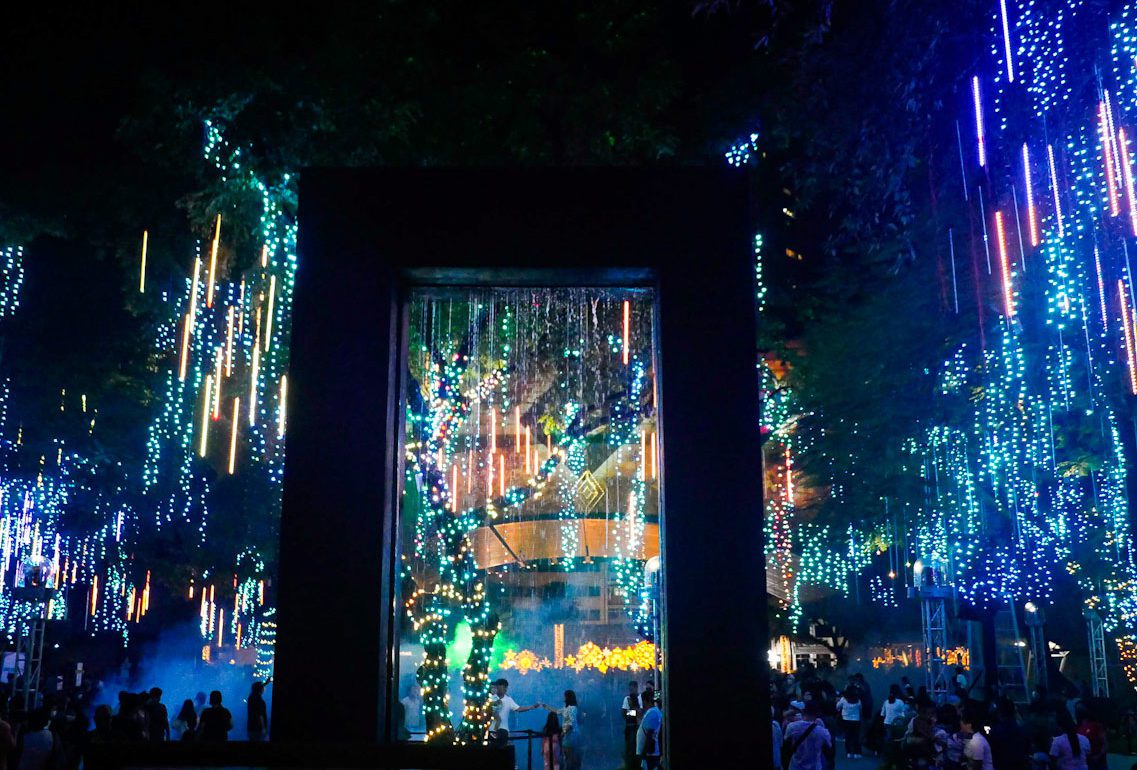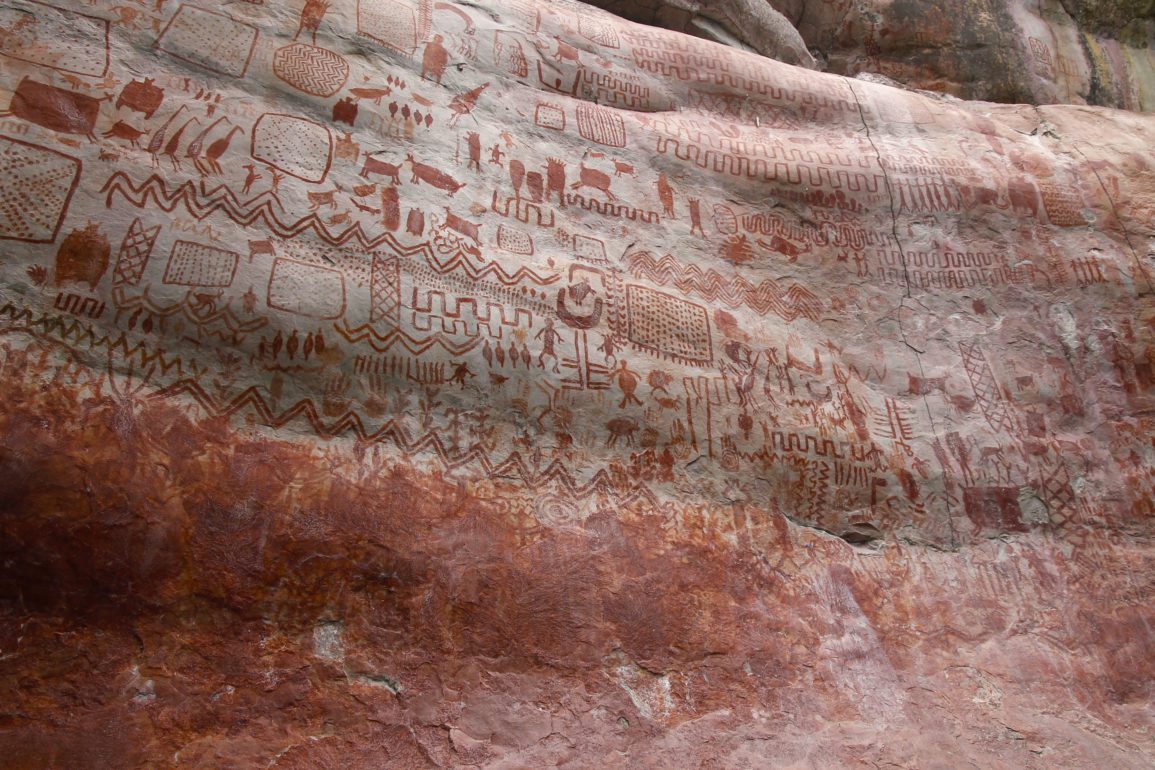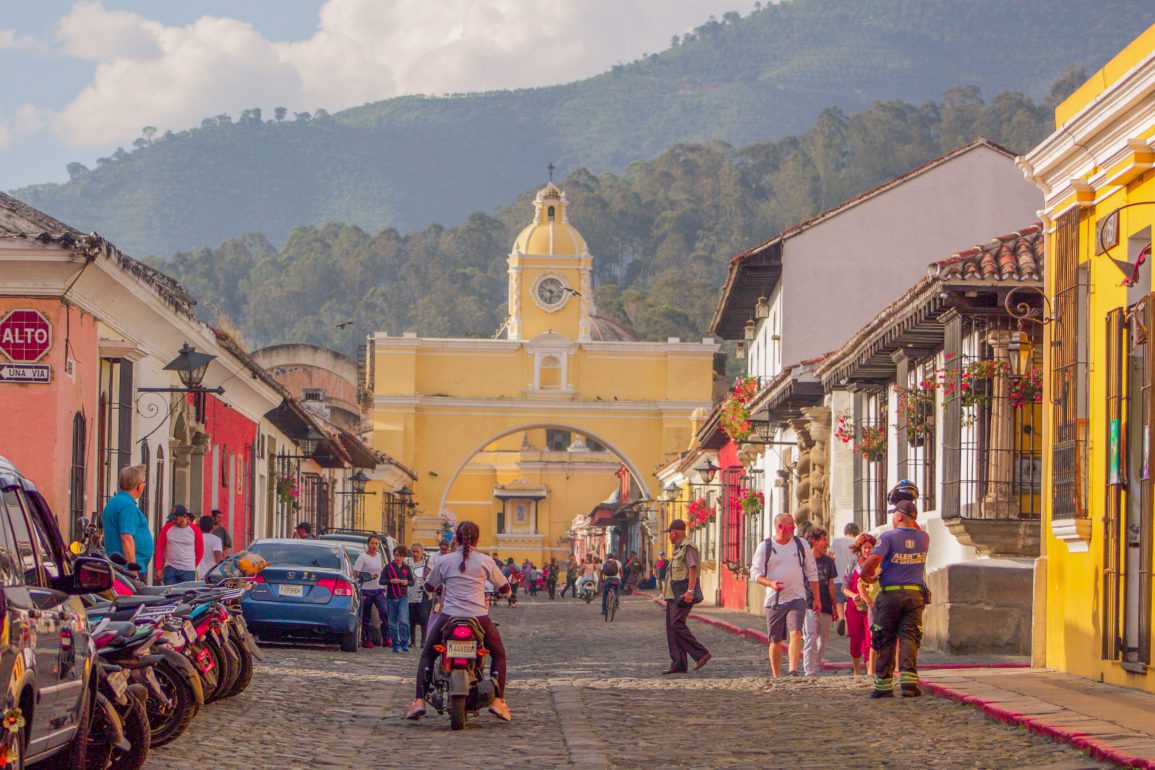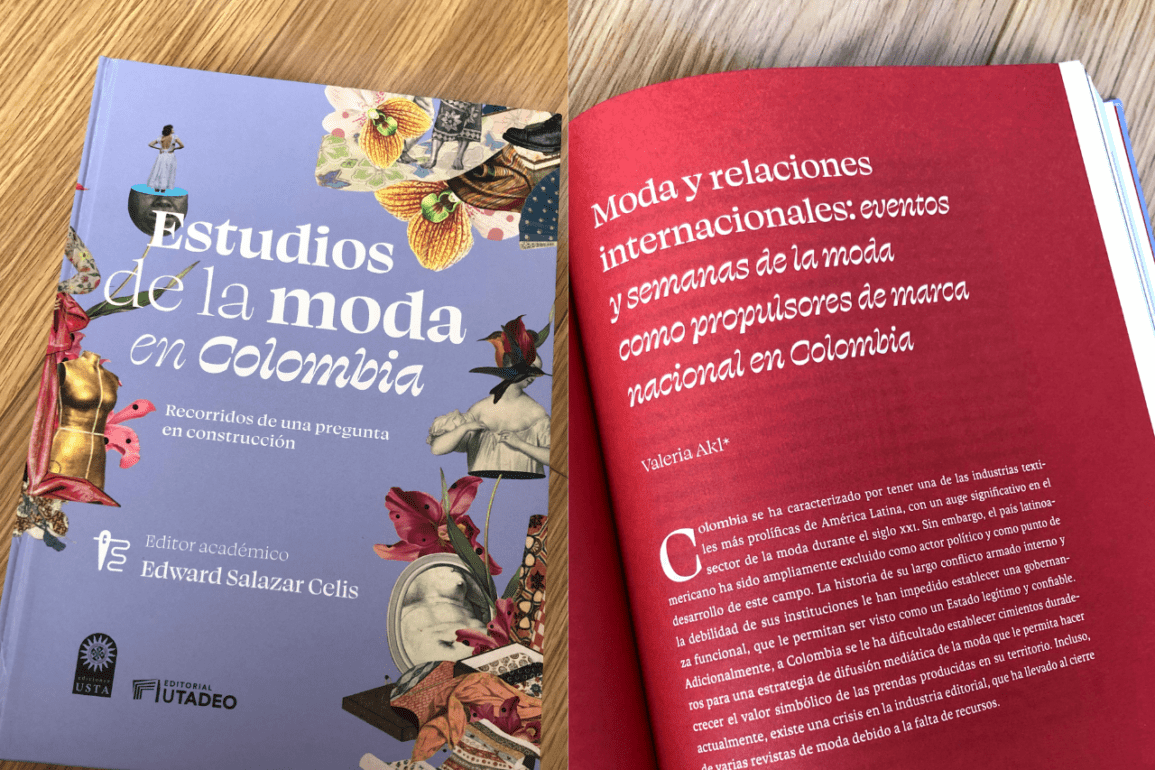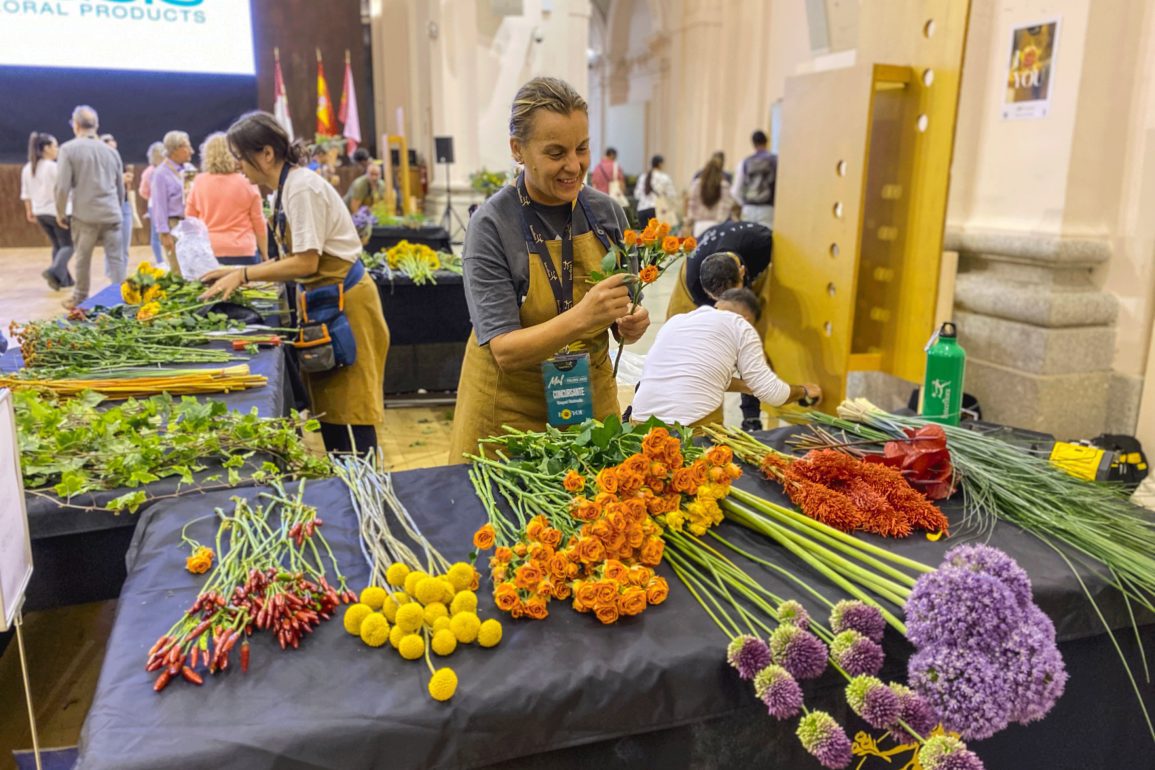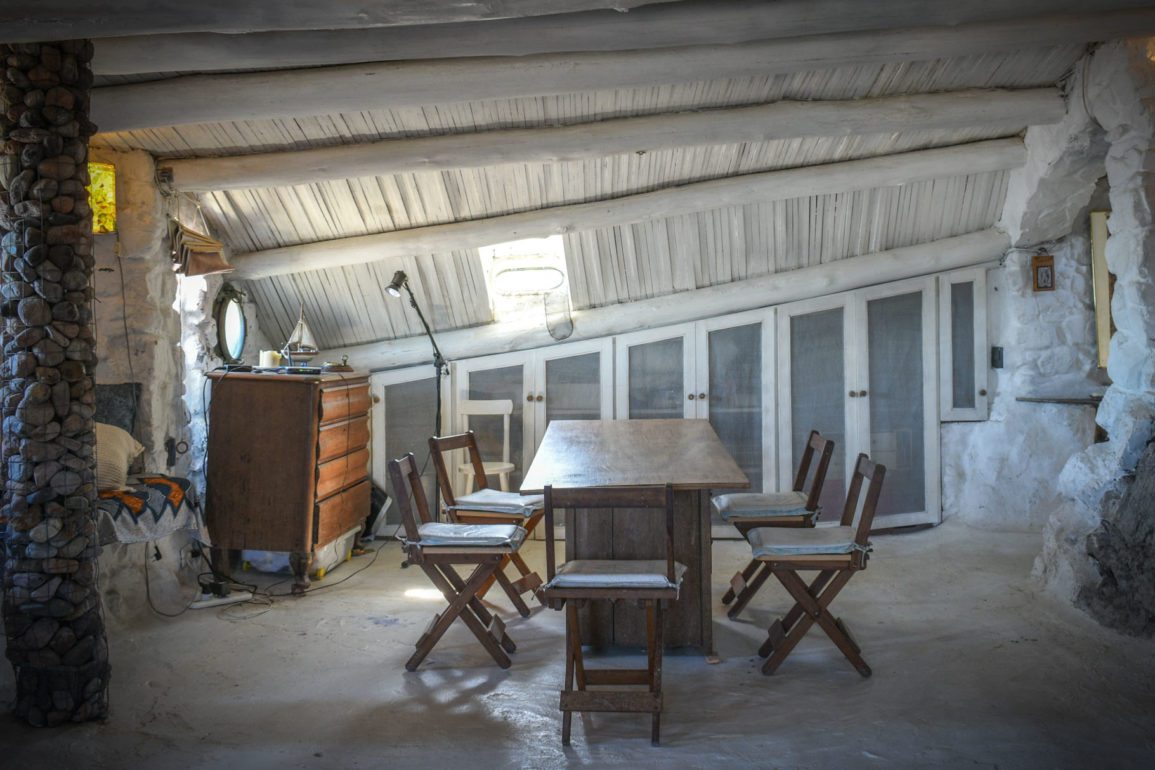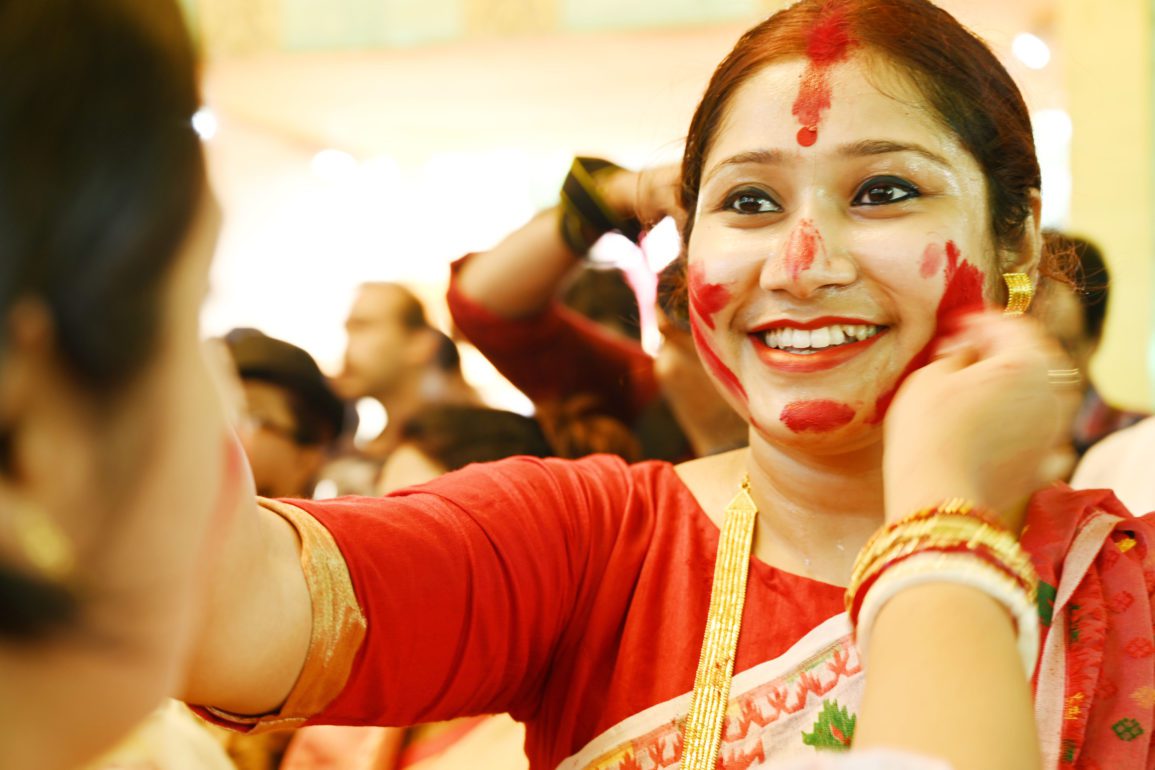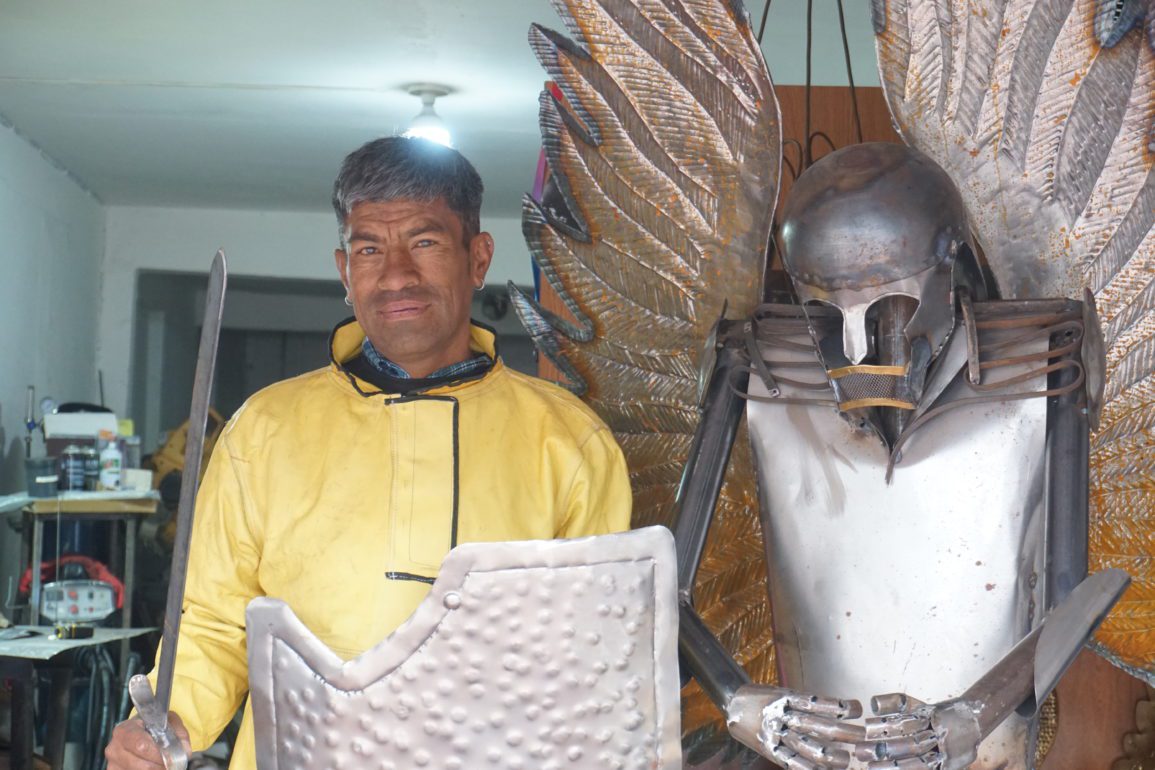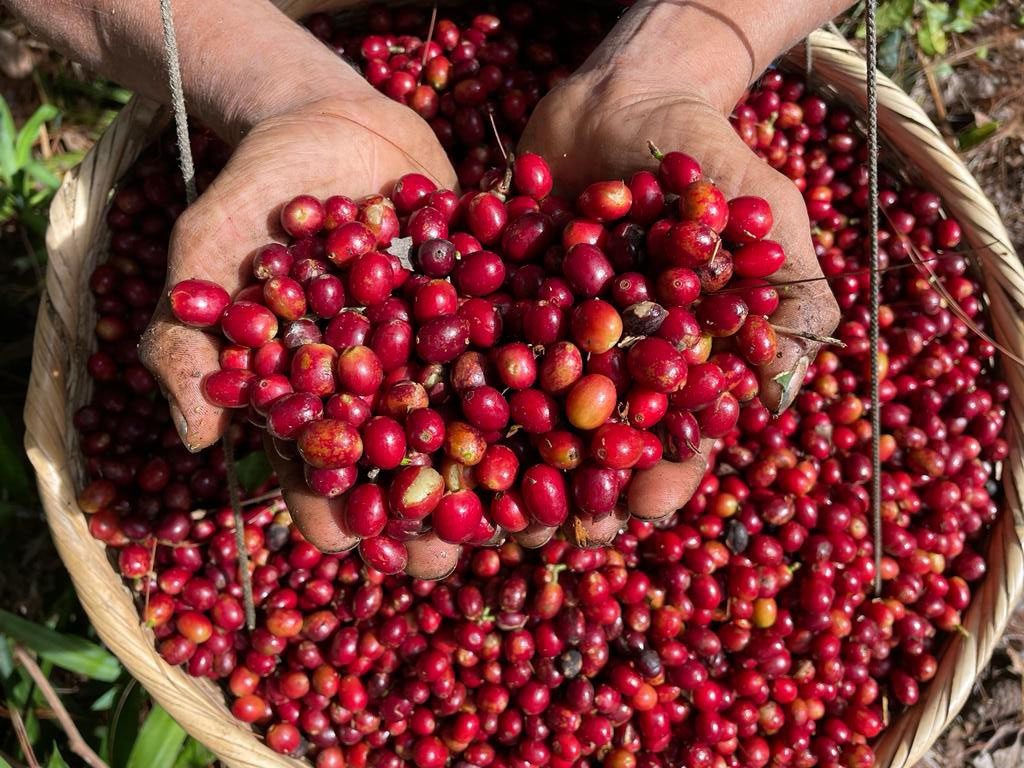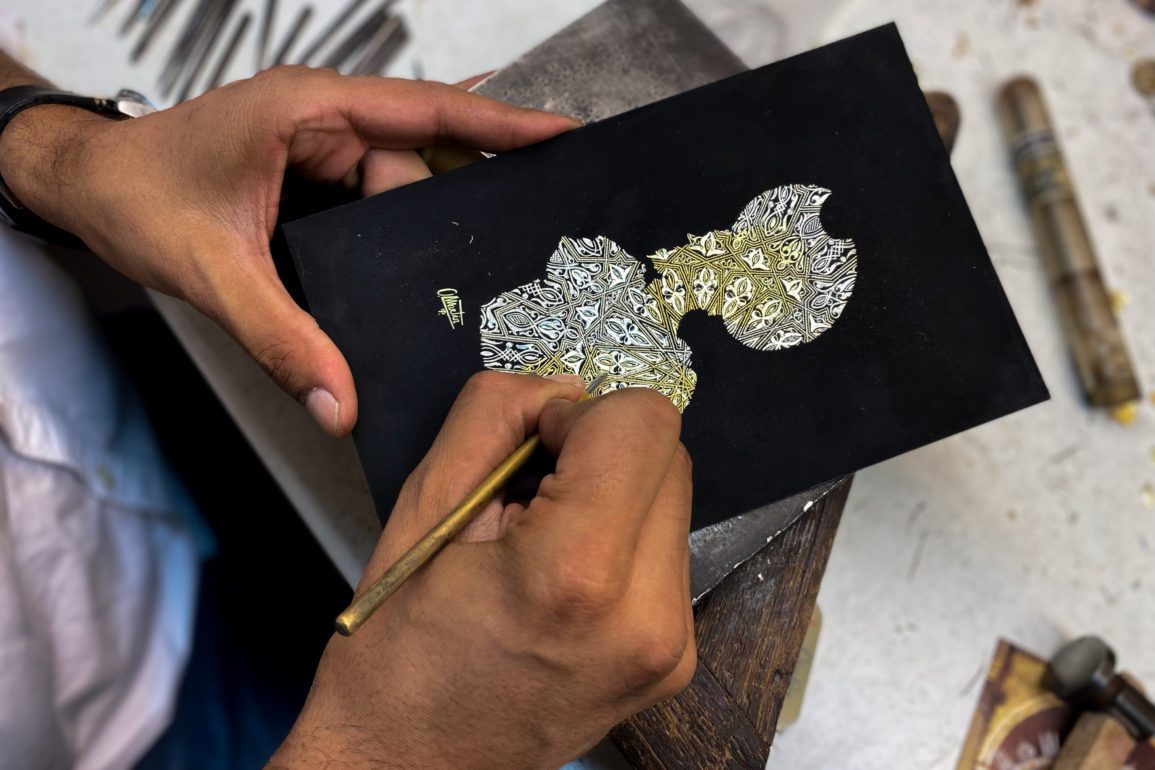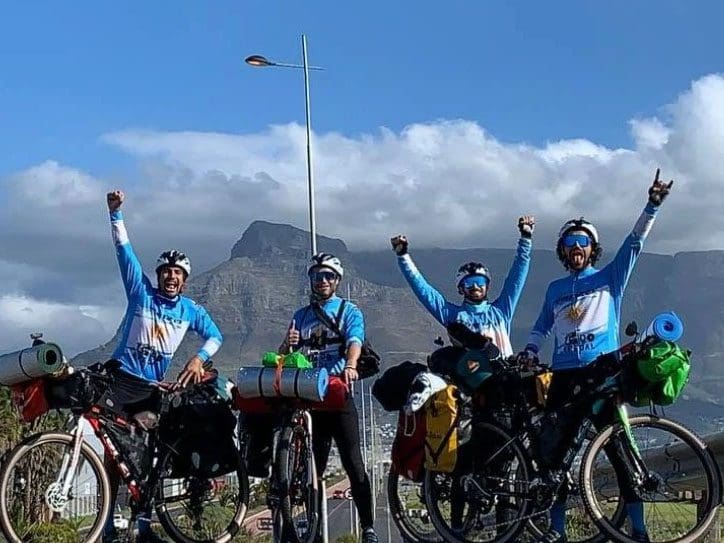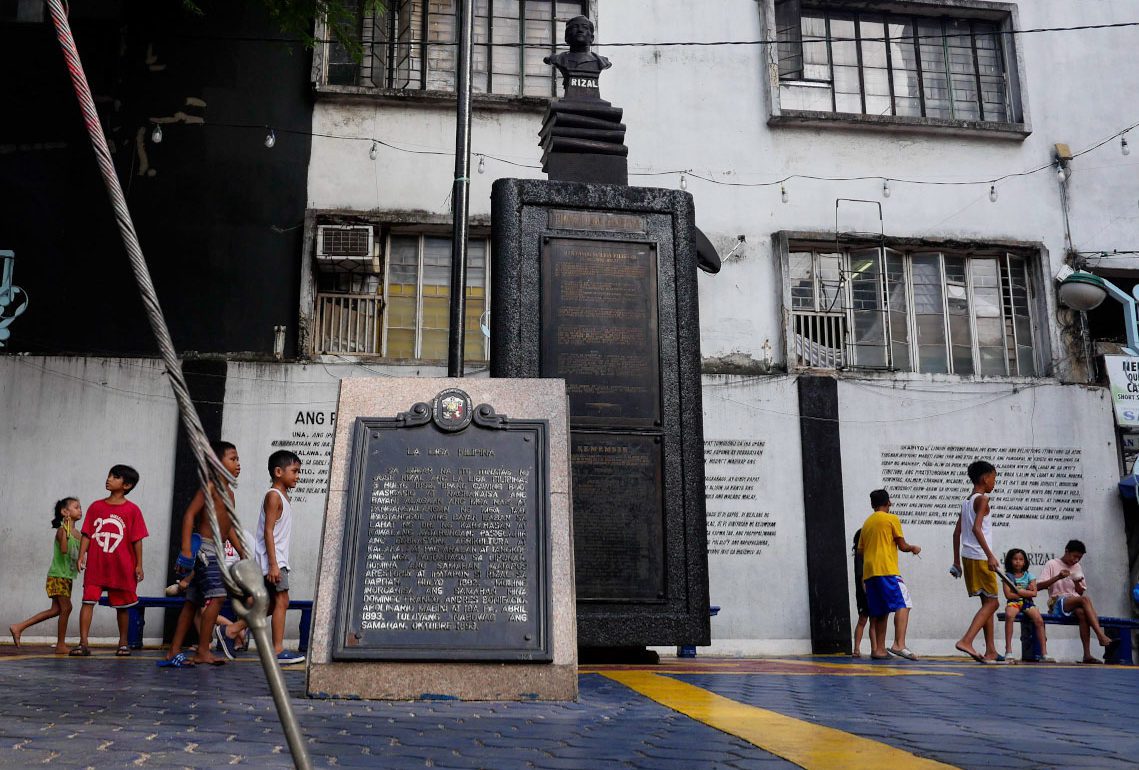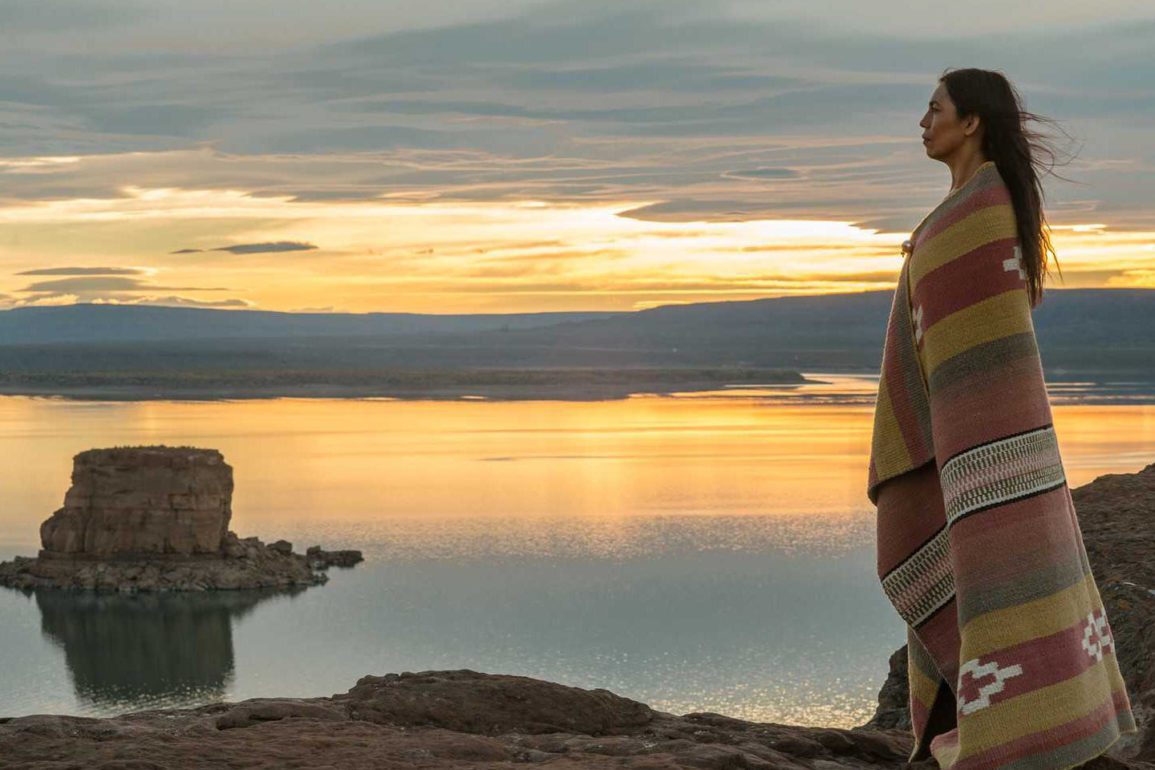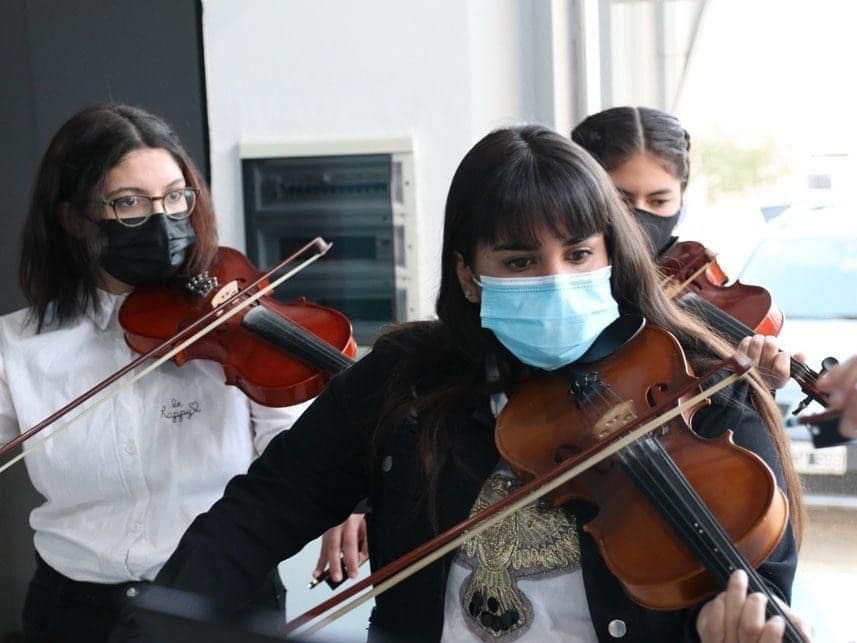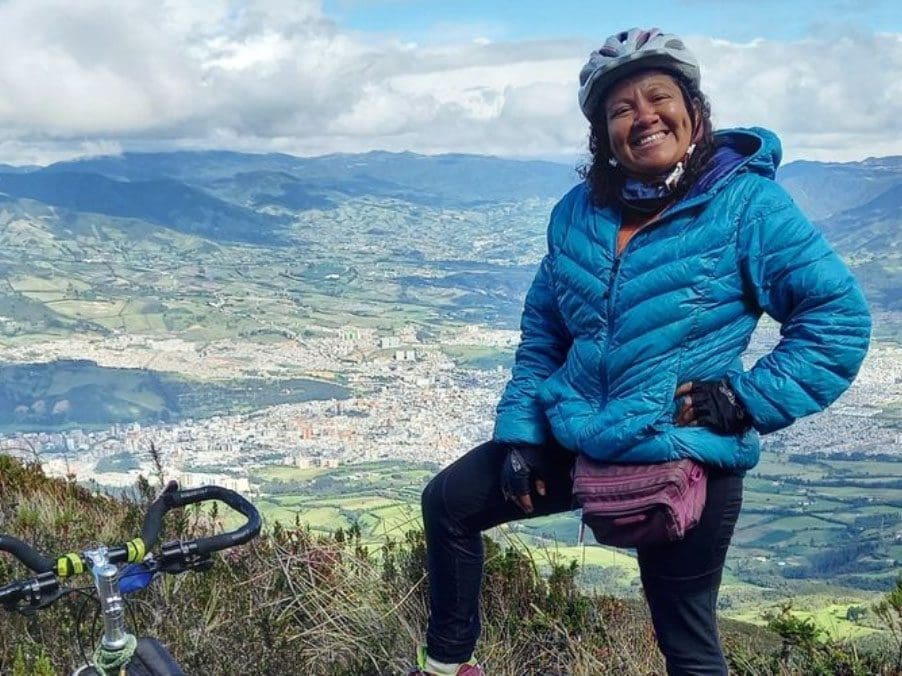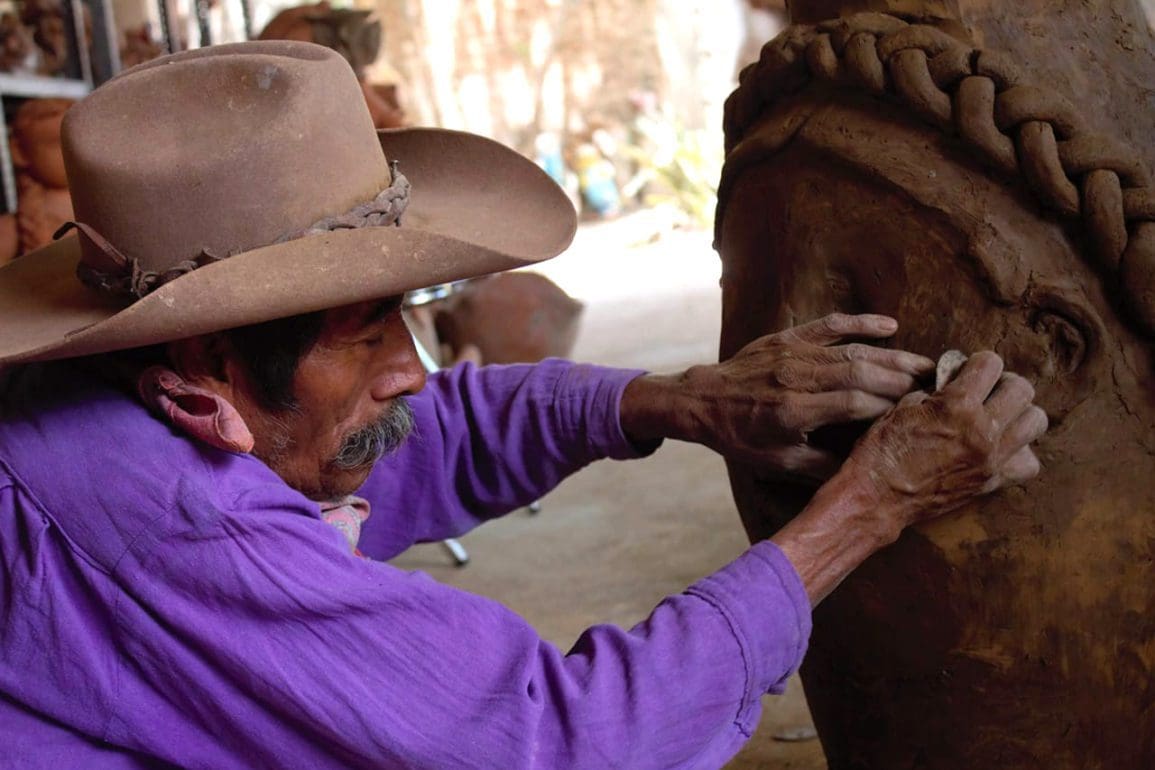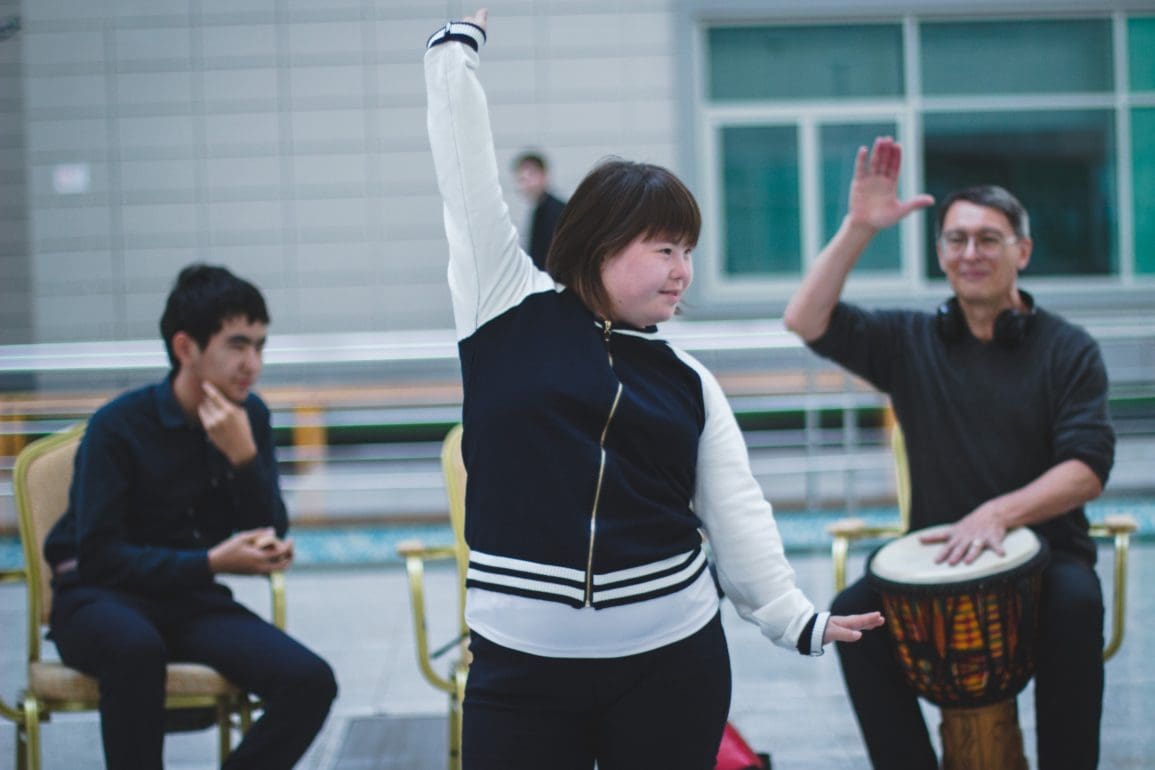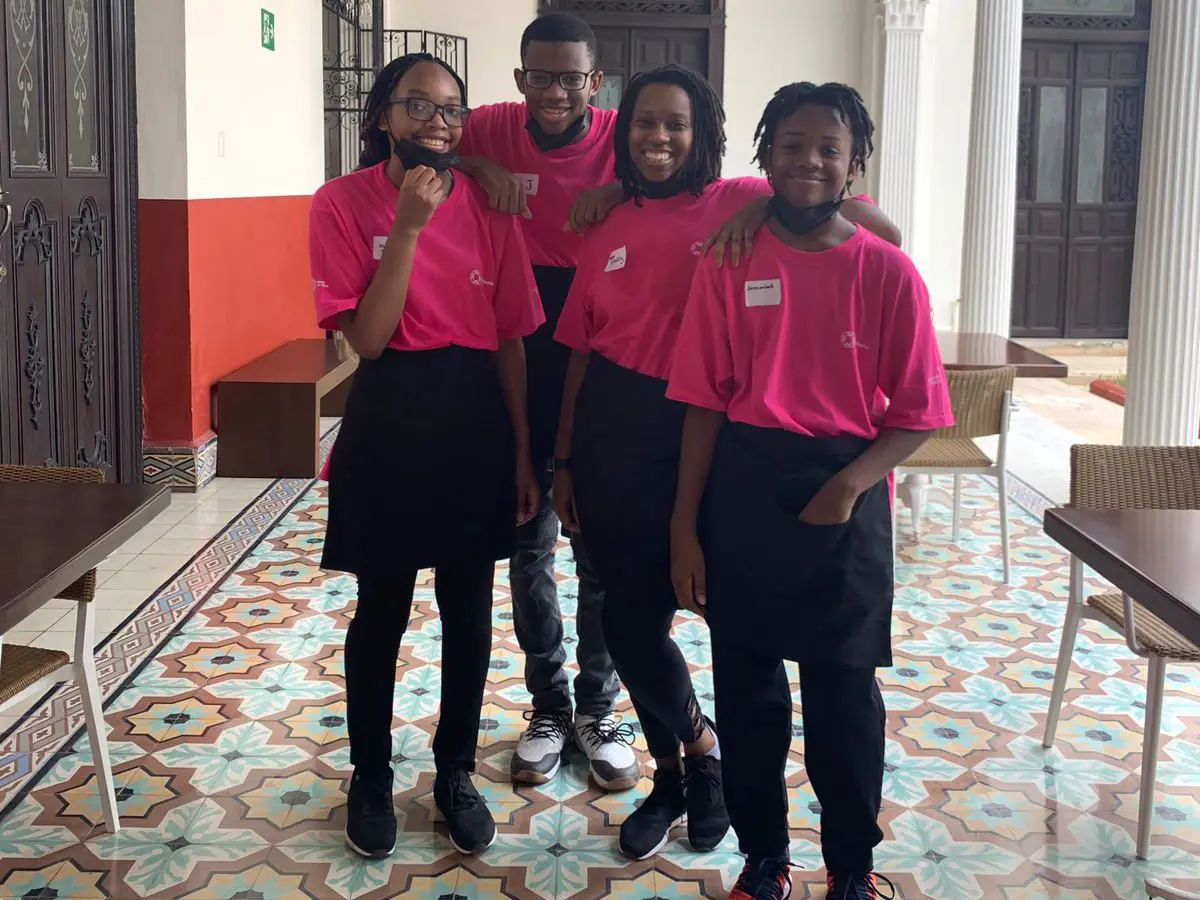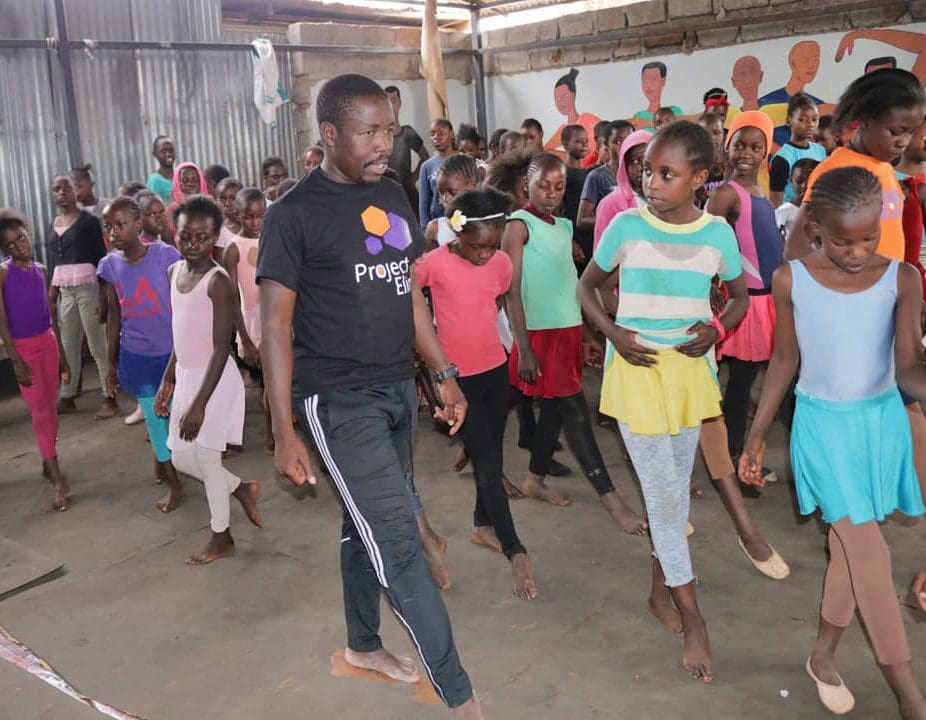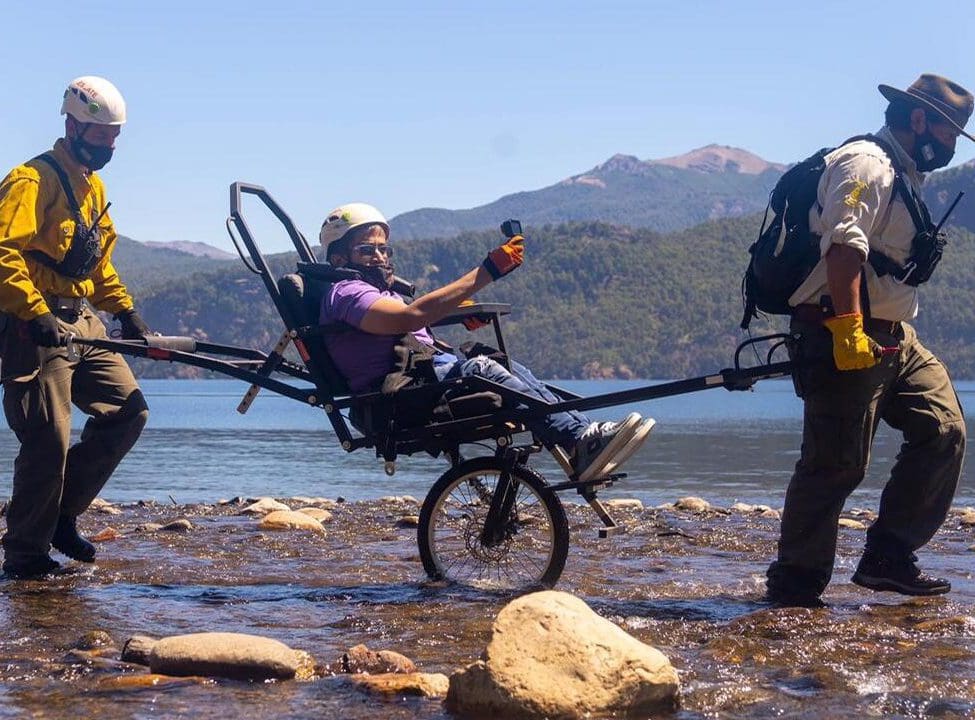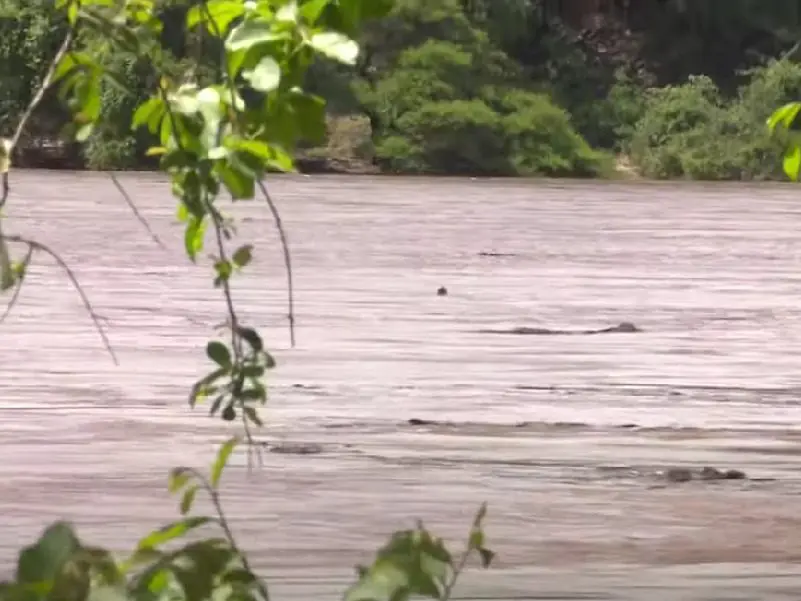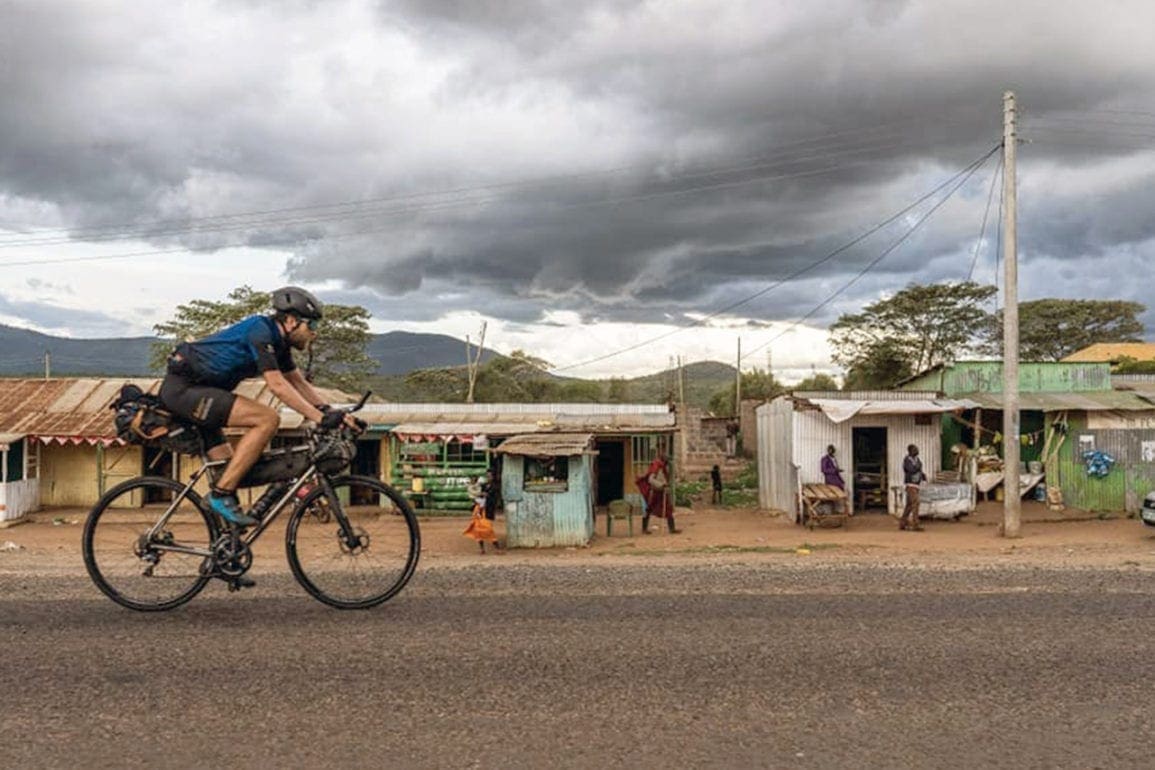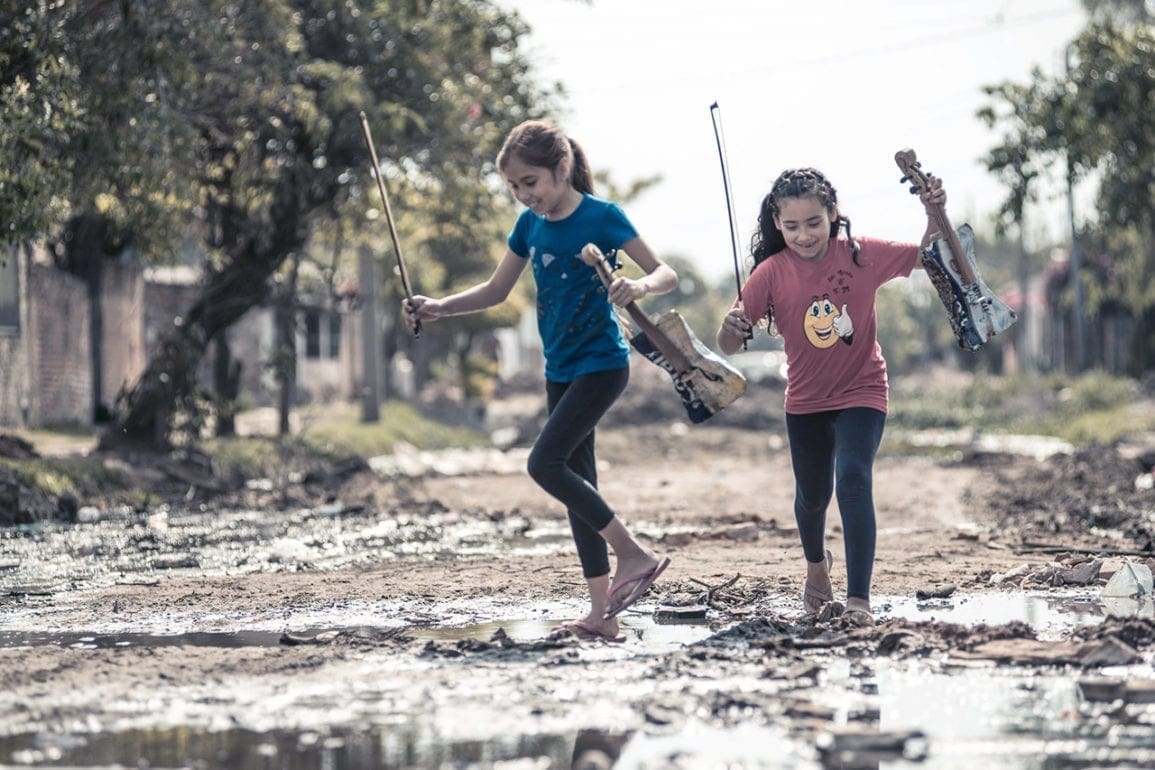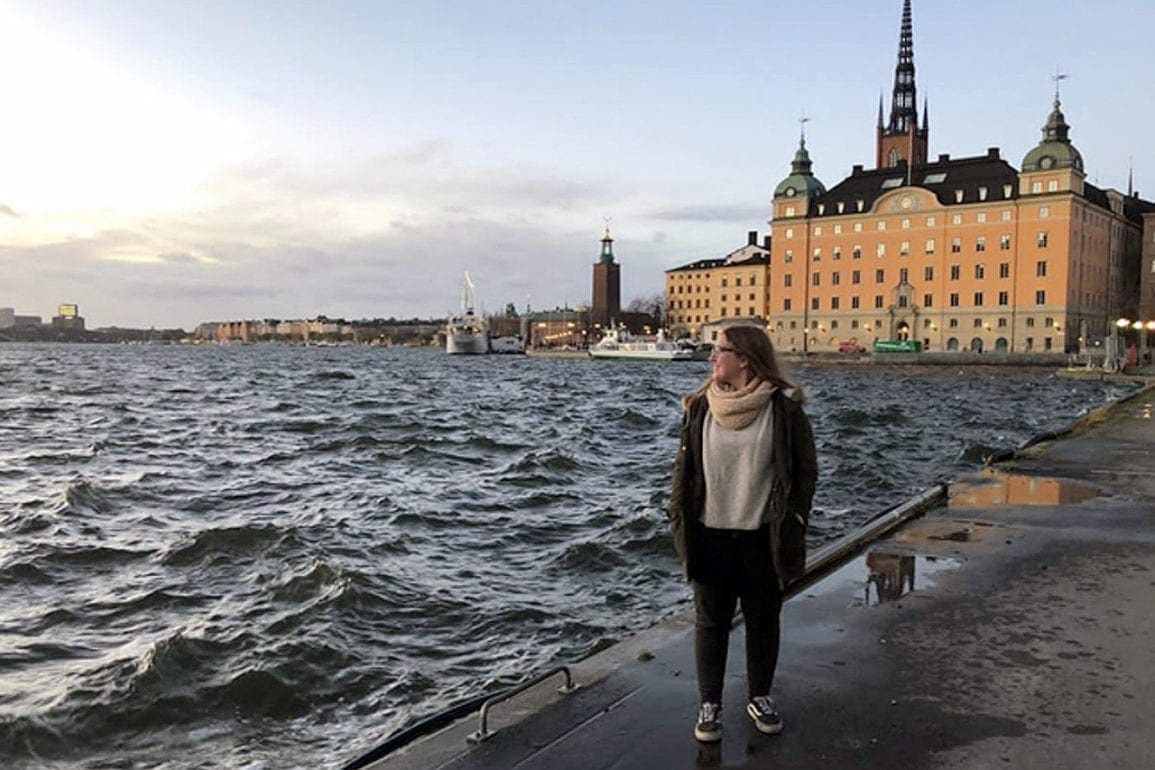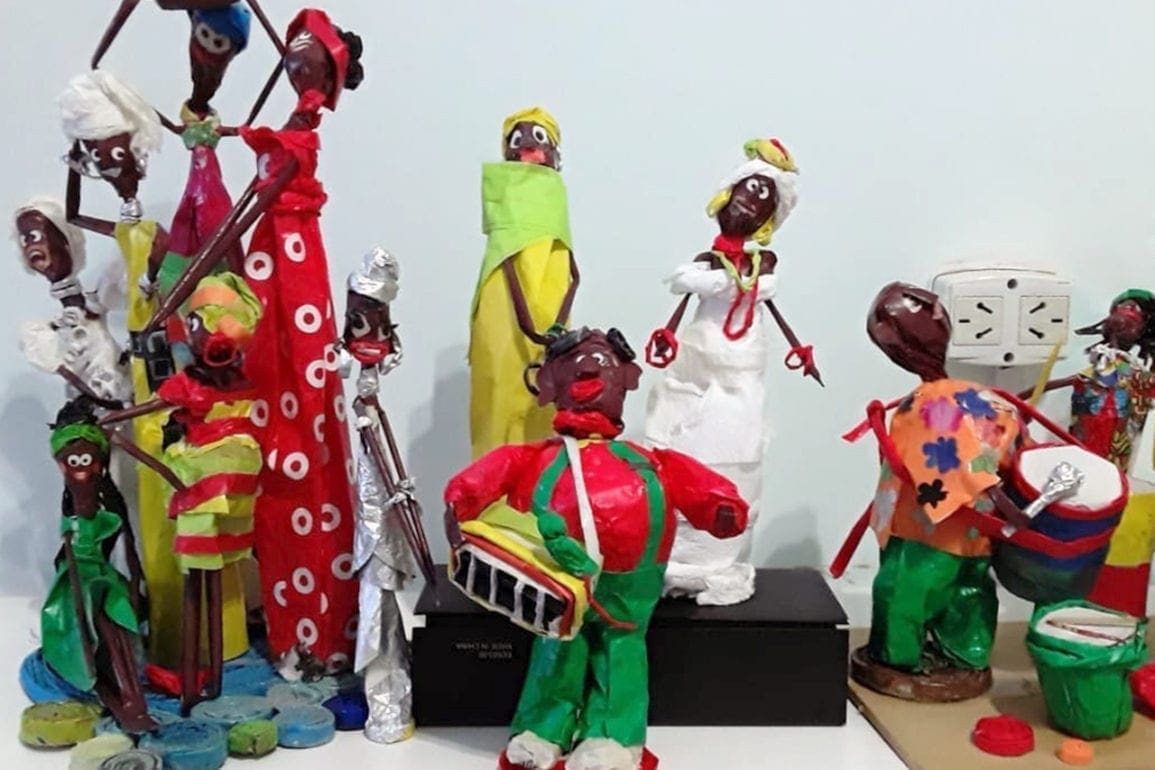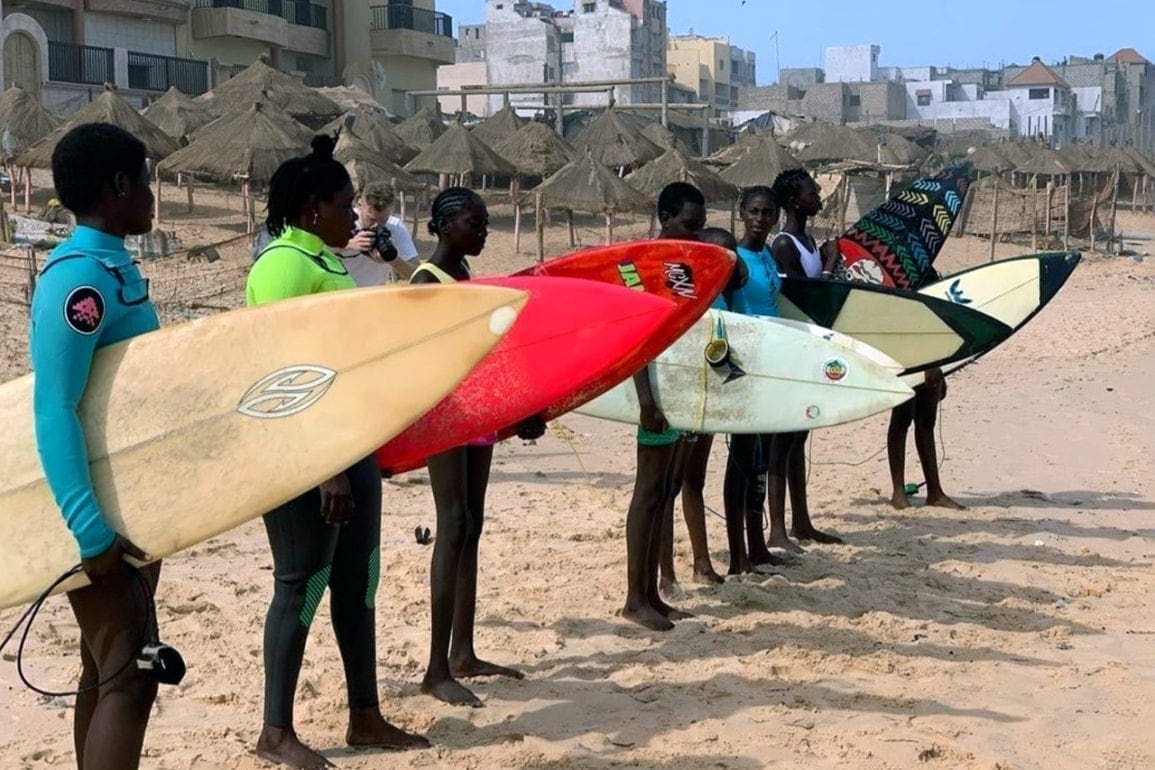Photojournalist captures magnificence of Arunachal Pradesh, the Land of the Dawn-Lit Mountains
The foggy hills, glittering rivers, and gushing waterfalls enhance the splendor of this extraordinary landscape. According to legend, this is the region where the sage Parashuram made atonement for his wrongdoing.
- 3 years ago
January 30, 2023
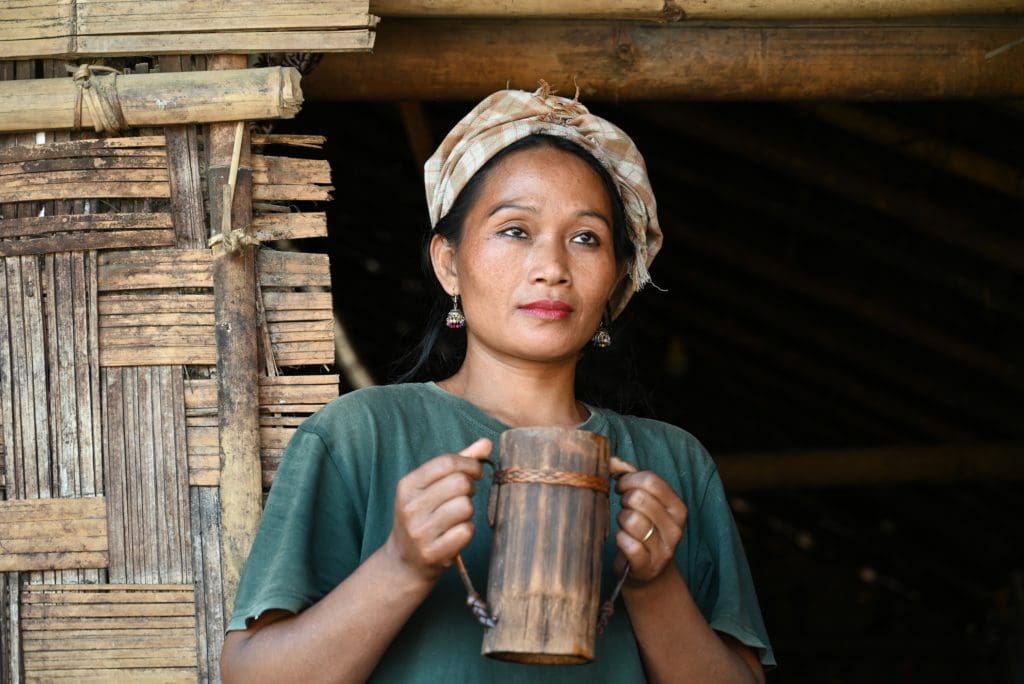
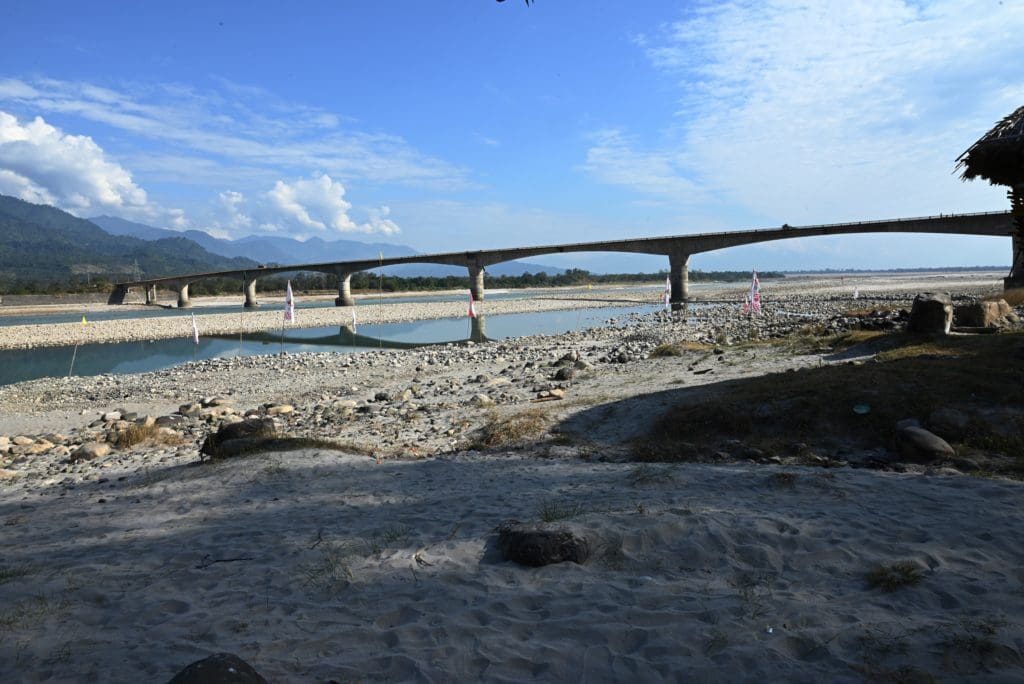

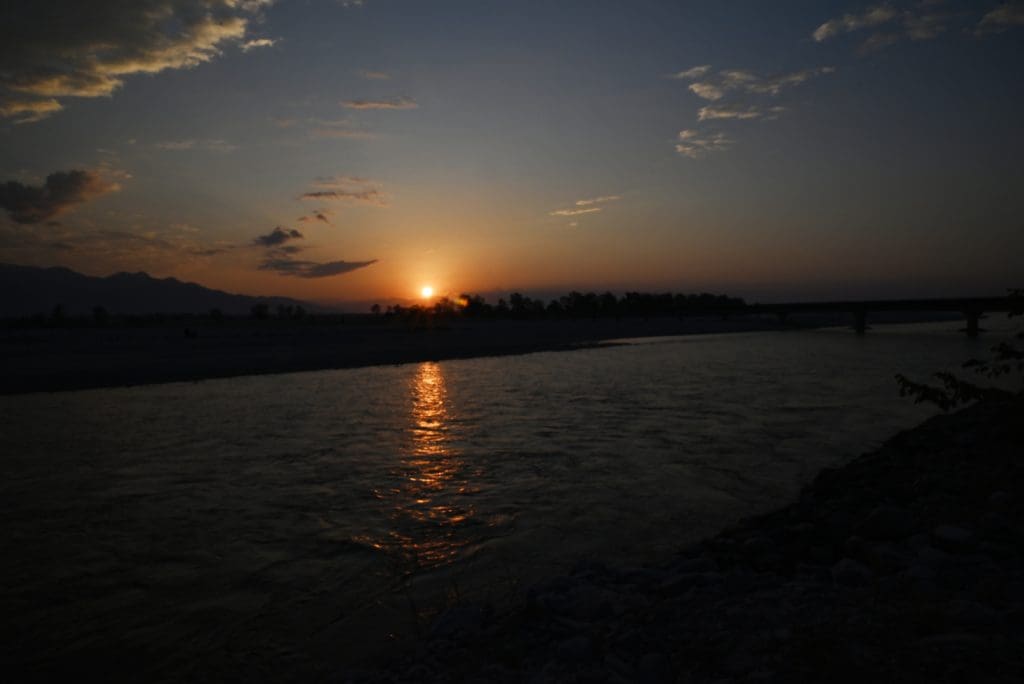
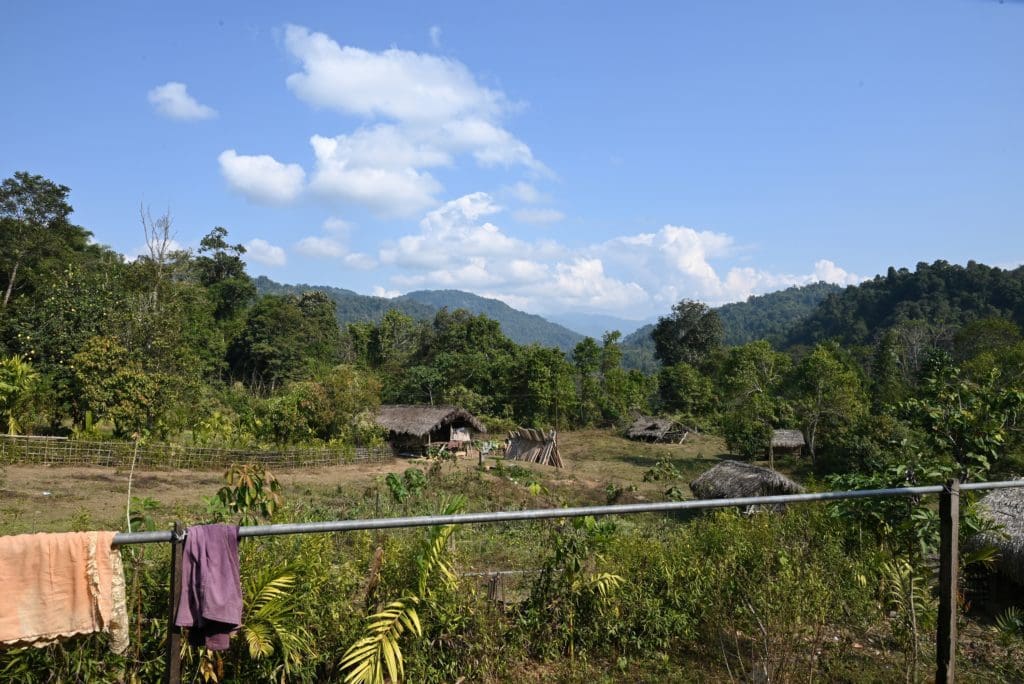
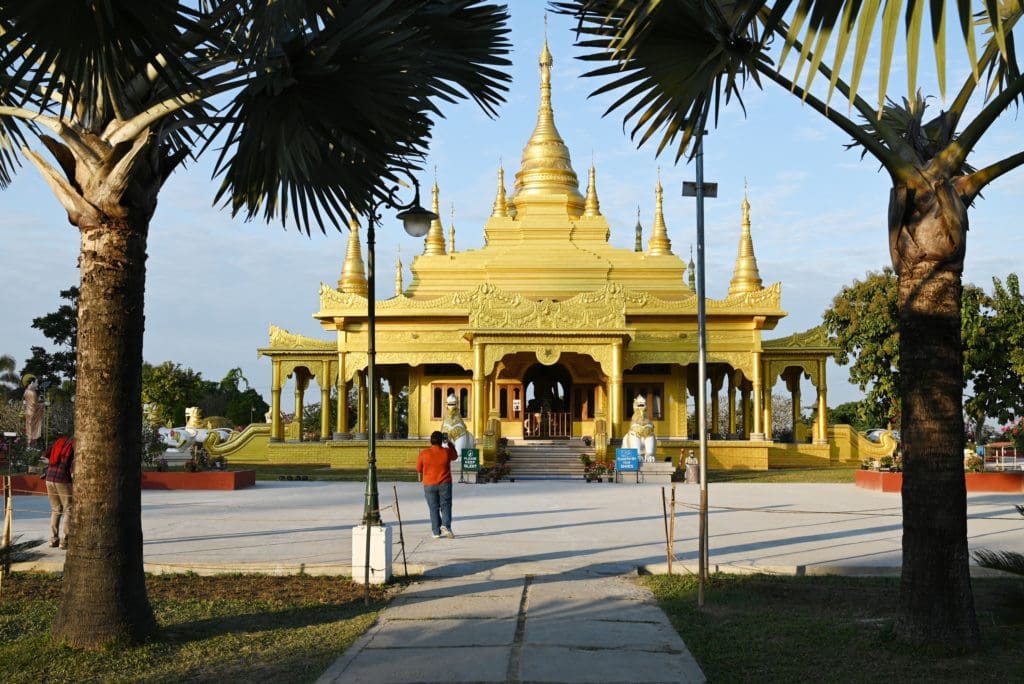
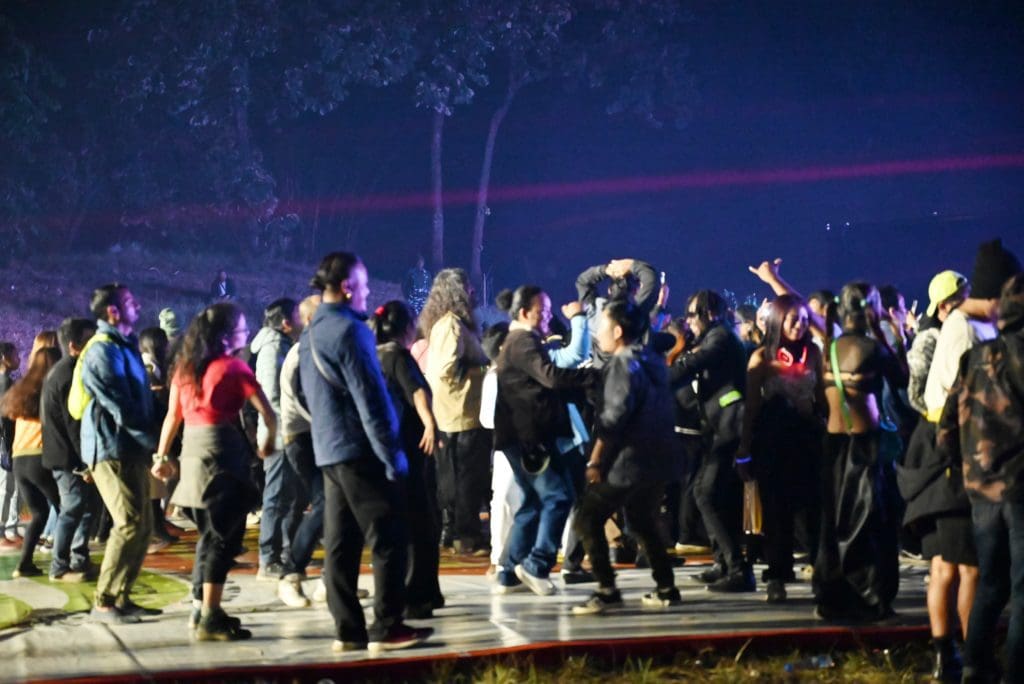
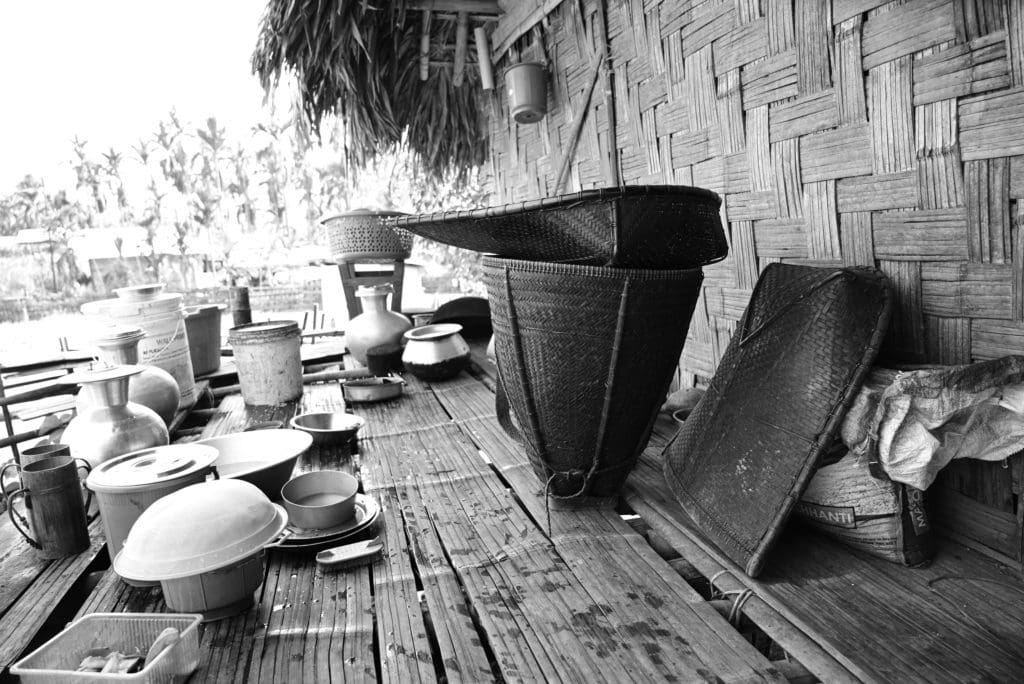
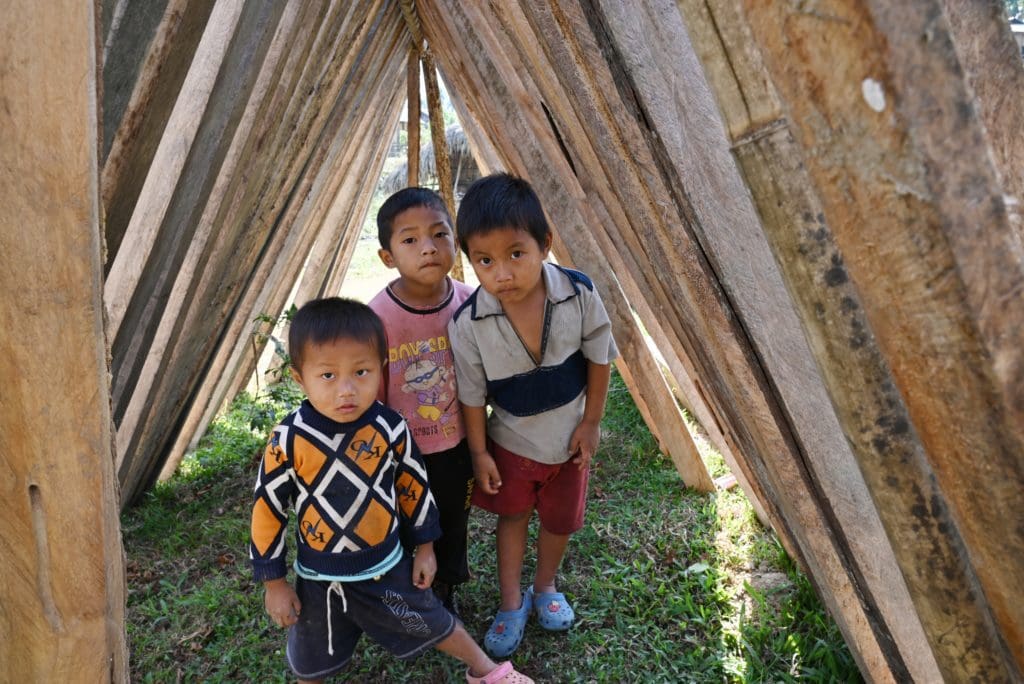
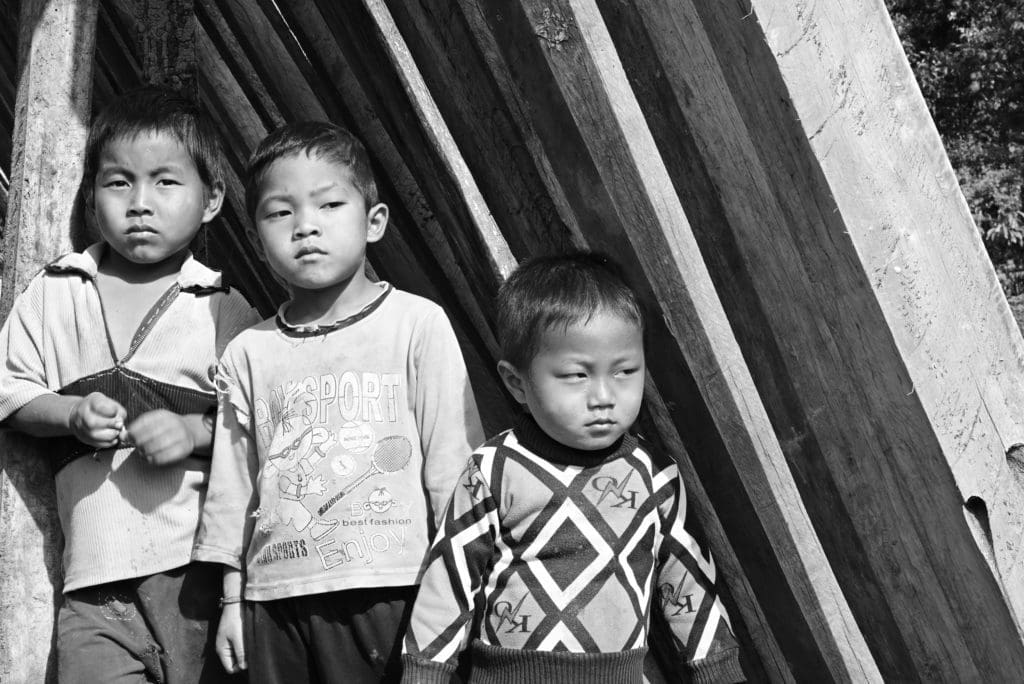
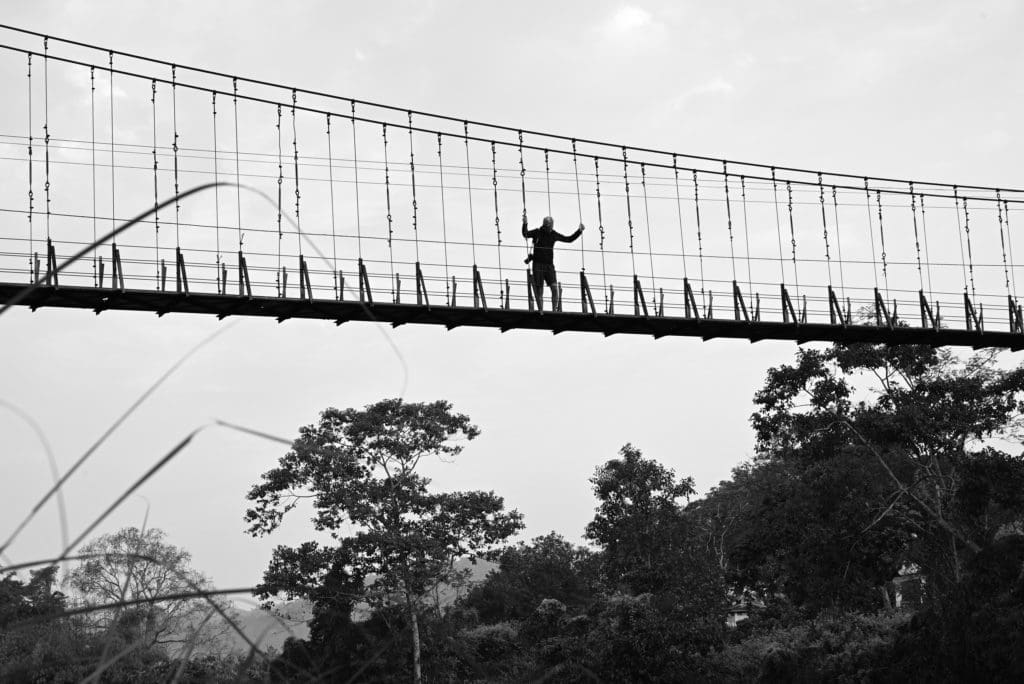
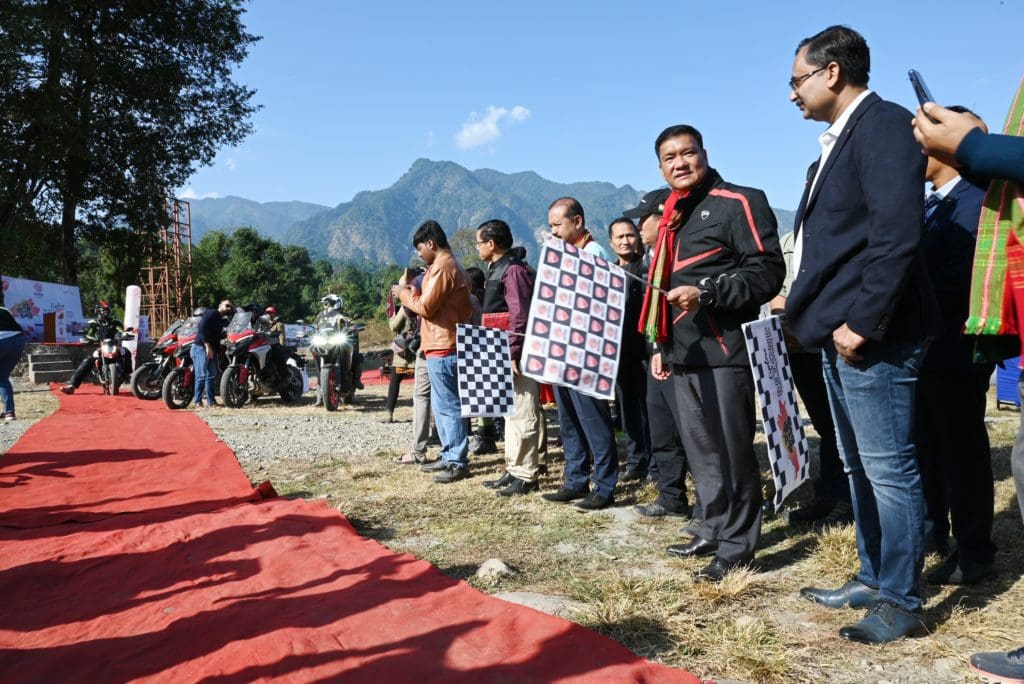

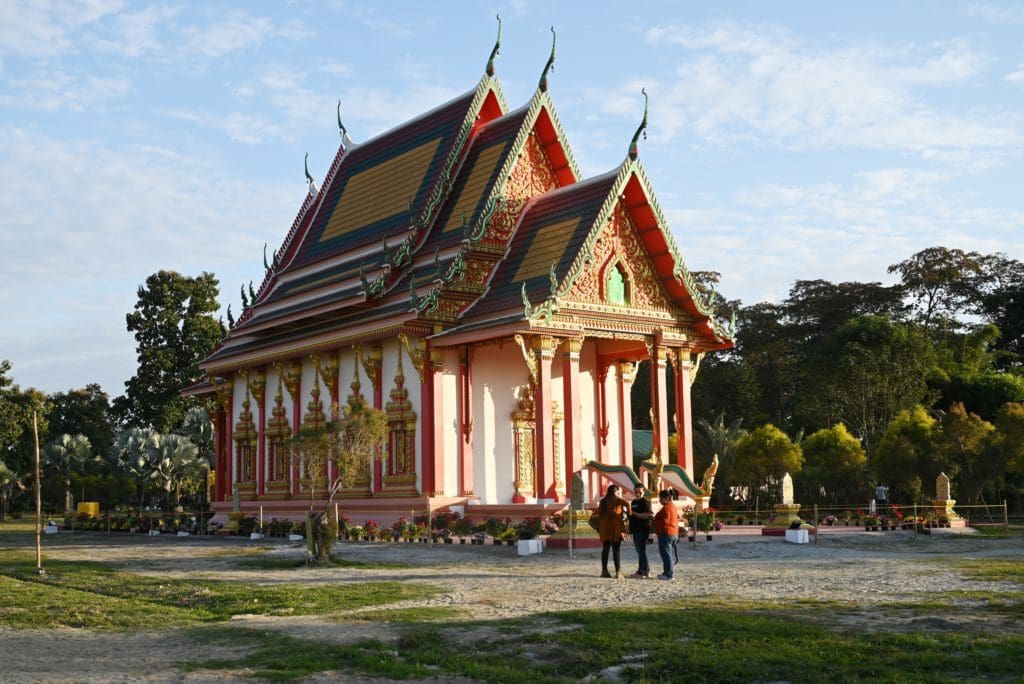
ARUNACHAL PRADESH, India ꟷ They call it the “Land of the Dawn-Lit Mountains.” In the Indian territory of Arunachal Pradesh, each morning, the rising sun lights the little village of Dong Valley. As the furthest state in India’s northeastern region, it remains renowned for its untouched beauty and rare, indigenous floras and faunas.
Arunachal Pradesh shares borders with diverse neighbors – Bhutan to the west, China to the north and northeast, Myanmar to the east, Assam to the south, and Nagaland to the east and southeast.
The people of Arunachal Pradesh
With the lowest population density of the nation, approximately 13 people live per square kilometer in Arunachal Pradesh. They represent about 50 dialects. Only a handful of the communities have written scripture. Most people practice the Donyi-Polo religion, named after the sun and the moon, which they worship as deities.
They divide into 26 major tribes and more than 100 sub-tribes, each with its own traditions and customs. They coexist peacefully. The principal tribes include Adi, Galo, Aka, Apatani, Nyishi, Tagins, Bori, and Bokar. Some tribes, like Monpas and Khamptis, practice Buddhism in the Mahayana and Hinayana traditions. Other tribes share animistic religious traditions, like the Mishmis and Wanchos. They adhere to their own ancient beliefs and customs.
Being a truly tribal state, celebrations remain an important and fundamental element of the people’s social-cultural life, and the bulk of these celebrations maintain agricultural themes. Numerous tribes observe harvest celebrations. Some annual festivities call for the success of the crops or display the creativity and talent people possess in music or dance.
Tourism circuits offer unique experiences
Arunachal Pradesh features 12 tourism circuits. With varying ethnic groups, geography, and vegetation, each tourism circuit boasts a unique character. The foggy hills, glittering rivers, and gushing waterfalls enhance the splendor of this extraordinary landscape.
According to legend, this is the region where the sage Parashuram made atonement for his wrongdoing. Legend has it that he atoned for his misdeeds in the Parashuram Kund in the lower reaches of the Lohit River. The sacred site draws people who want to take the holy plunge in the Kund on the day of Makara Sankranti. Here, King Bhismaka established his kingdom, sage Vyasa pondered, and the wedding of Lord Krishna and Rukmini took place.
The twisty roads of Arunachal Pradesh make it the perfect place for a riding trip. The state’s chief minister, Pema Khandu, recently inaugurated an event in Pasighat dubbed “Explore Beyond” to encourage tourism. The state has a wealth of scenic beauty that promotes rest and renewal. Fishing, culture, festivals, spirituality, river rafting, heritage, and wildlife remain enjoyable pursuits.
History, background, and tourism permits
Arunachal Pradesh became a full-fledged State on February 20, 1987. It boasts 83,743 square kilometers of land, with an evergreen forest covering more than 82 percent. Its previous name, the Northeast Frontier Agency, changed in 1972.
The location sits between latitudes 26°28 and 29°30 N and longitudes 91°30 and 97°30 E. The south includes a subtropical climate, and the north is alpine. Over 3,000 millimeters of rain fall on average each year. The tribes of Arunachal Pradesh depend heavily on their forests for sociocultural, economic, and ecological well-being.
It boasts approximately 500 different varieties of orchids, untamed rivers, indigenous bird and animal species, and thick, impenetrable woods with rich green foliage. Its diversified culture, panoramic terrain, and flavorful cuisine, make it one of the most popular travel destinations for tourists.
Traveling foreigners in groups of two or more are permitted to submit an online PAP (Protected Area Permit) application for a 30-day period. Permits can also be obtained at a checkpoint or tourism office. Foreign visitors must pay $50 USD per person in royalties to the state government, and PAP applications must be submitted through authorized local tour operators.
Indian nationals use the eILP, valid for stays up to 14 days. One can apply for a provisional ILP if staying for more than 14 days. For those under the age of 14, an individual eILP is not necessary.



